Capturing Animal Interactions on Safari
This page provides more information on capturing animal interactions on safari and is also our gallery of some of the animal interaction images that we, the authors of the Photographer's Guide to the Greater Kruger National Park, have captured on our many visits to the world-famous Kruger National Park.
Photographs of static animals and animal portraits can be appealing but there are so many of these types of images so it’s better to try and look for / anticipate more exciting images.
These more appealing / exciting images can be action images, but more generally tend to be animals interacting with each other in various ways.
Mammal and bird interactions can be categorized into three basic groups based on how the participating species are affected by the interaction. They include consumer-resource interactions, competitive interactions and social interactions.
Consumer-resource Interactions
Consumer-resource interactions are interactions in which individuals from one species consume individuals from another species, which will include predator-prey interactions (lion eating a zebra) and herbivore-plant interactions (zebra feeding on grass). Obviously, the predator-prey interaction would be more exciting than herbivores feeding and that’s why many visitors to the parks want to see kills.
If you struggle to anticipate and capture good animal interaction images on your safaris then this eBook is for you!
We have been visiting the Kruger Park for more than twenty years and capturing animal interactions can be challenging! In this eBook we provide all our tips and techniques on how to capture animals and birds interacting with each other.
|
Should you wish to get the eBook, click on the book cover above, then click 'Add to Cart' where you'll see a button called 'Add Promo Code'. Click on it then add the word K2K and the 33% discount will be automatically applied. This code is valid until the end of the month, so don't delay! |
"Planning a Kruger trip? A new guide by pro photographers holds the key to good pictures. Learn from the folks who spent 517 days in the park and make your photos sing!" - Romi Boom, Editor of Wildcard Magazine, South Africa 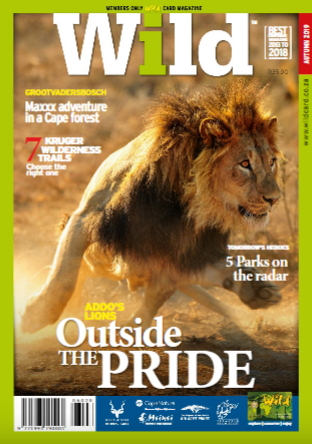 |
Competitive Interactions
Competitive interactions are interactions involving two or more species (including humans) that are vying for the same resource. For example, lions and hyenas indirectly compete as they feed on the same prey but for photography, we want to witness direct interactions where the two predators come face-to-face.
Not all face-to-face confrontations end badly as we have seen lions and hyenas feeding together on a carcass, a leopard feeding with a crocodile – it depends on how hungry they are and what perceived advantage one has over the other.
|
Should you wish to get the Kruger eBook, click on the above book cover, then click 'Add to Cart' where you'll see a button called 'Add Promo Code'. Click on it then add the word K2K and the 33% discount will be automatically applied. This code is valid until the end of the month, so don't delay! |
"This is an indispensable guide to getting the best out of Kruger, camera in hand or not!” - Caroline Webb, Associate Editor, Getaway Magazine, South Africa 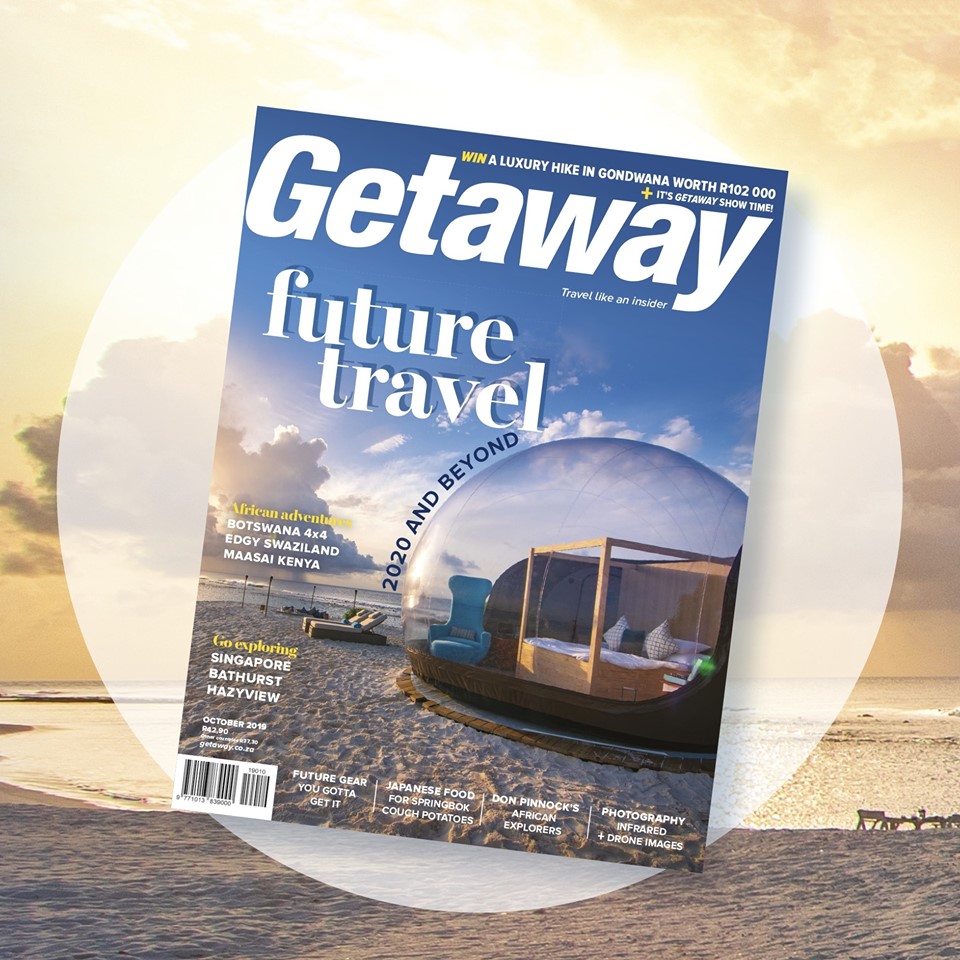 |
Social Interactions
Social interactions are interactions in which both animals tend to benefit from the interaction. An example of this could be animals mating, grooming or sharing a meal.
It could also be two different species that have come face-to-face, and they are curious about each other or simply tolerate each other as they are not competing for the same resource.
|
Should you wish to get the eBook, click on the book cover above, then click 'Add to Cart' where you'll see a button called 'Add Promo Code' - click on it then add the word K2K and the 33% discount will be automatically applied. This code is valid until the end of the month, so don't delay! |
"...the majority of images are really impressive, each chosen for a practical reason, sometimes annotated to stress a point. - Craig Rix, Editor,Travel Africa Magazine, UK 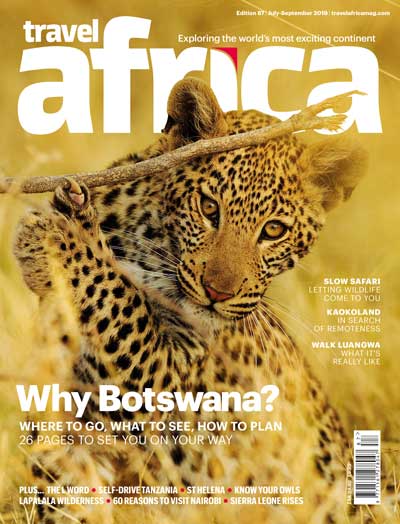 |
The majority of these animal interaction photographs were captured on self-drive safaris, on normal tourist roads, when we and Trevor Barnett were on our vacations, which are anything from a few days over a long weekend, to annual holidays of 14-17 days duration.
Return from Capturing Animal Interactions on Safari to Kruger Park page
To make a safari rental booking in South Africa, Botswana or Namibia click here
"It's 768 pages of the most amazing information. It consists of, well, everything really. Photography info...area info...hidden roads..special places....what they have seen almost road by road. Where to stay just outside the Park...camp information. It takes quite a lot to impress me but I really feel that this book, which was 7 years in the making, is exceptional." - Janey Coetzee, founder of CAROK (Camps and Roads of Kruger) South Africa
"Having a passion for the region itself and having to know about all dynamics, water holes and ideal roads for a period of 6 years - I wish I had this guide on my first trip already!" - Morkel Erasmus, Secunda, South Africa
"Mario and Jenny take you to places that are not always visited, and their descriptions of the more remote camps will allow you to make an informed decision without wasting time and money" - Bob & Sherry Shepardson, DeBary, Florida, USA
"Your time and money are valuable and the information in this book will help you save both." - Don Stilton, Florida, USA
"I highly recommend the book to anyone visiting Etosha National Park to photograph the animals - or anyone considering an African photography safari in the future." - Anne Darling, Cognac, France
"As a photographer and someone who has visited and taken photographs in the Pilanesberg National Park, I can safely say that with the knowledge gained from this eBook, your experiences and photographs will be much more memorable." - Alastair Stewart, BC, Canada
"This work is so much more than an eBook, because it is also a guide, a tutorial, an inspiration and a must-have for anyone interested in wildlife photography" - Findtripinfo.com, USA
Photo Safaris on a Private Vehicle - just You, the guide & the animals!
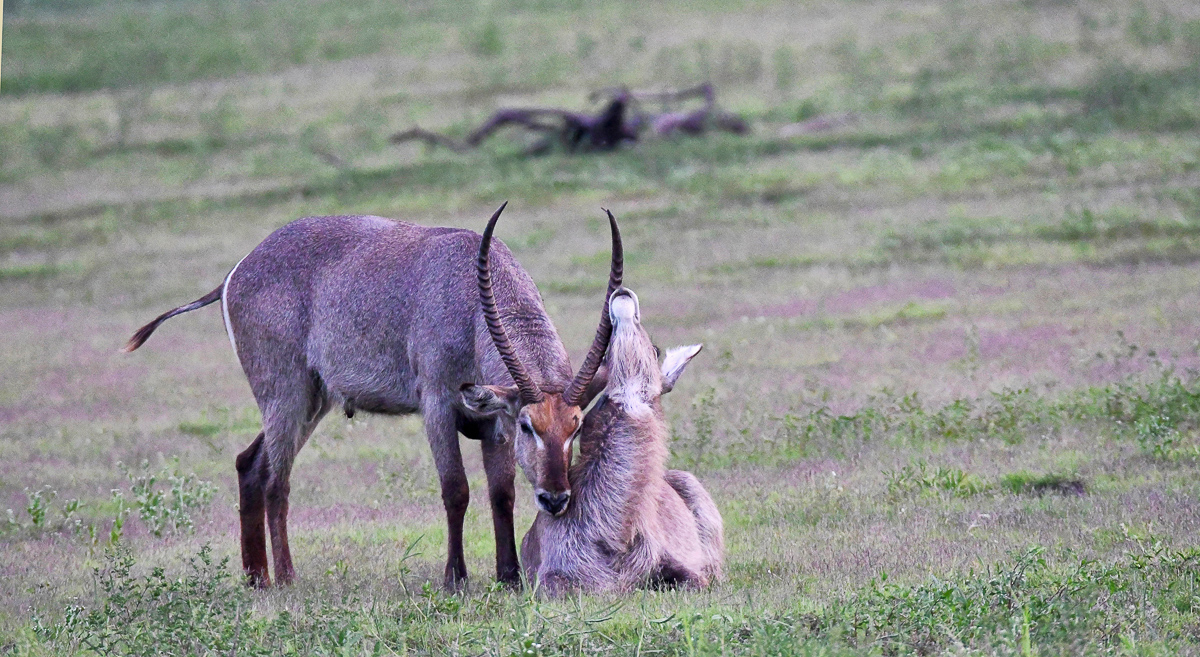
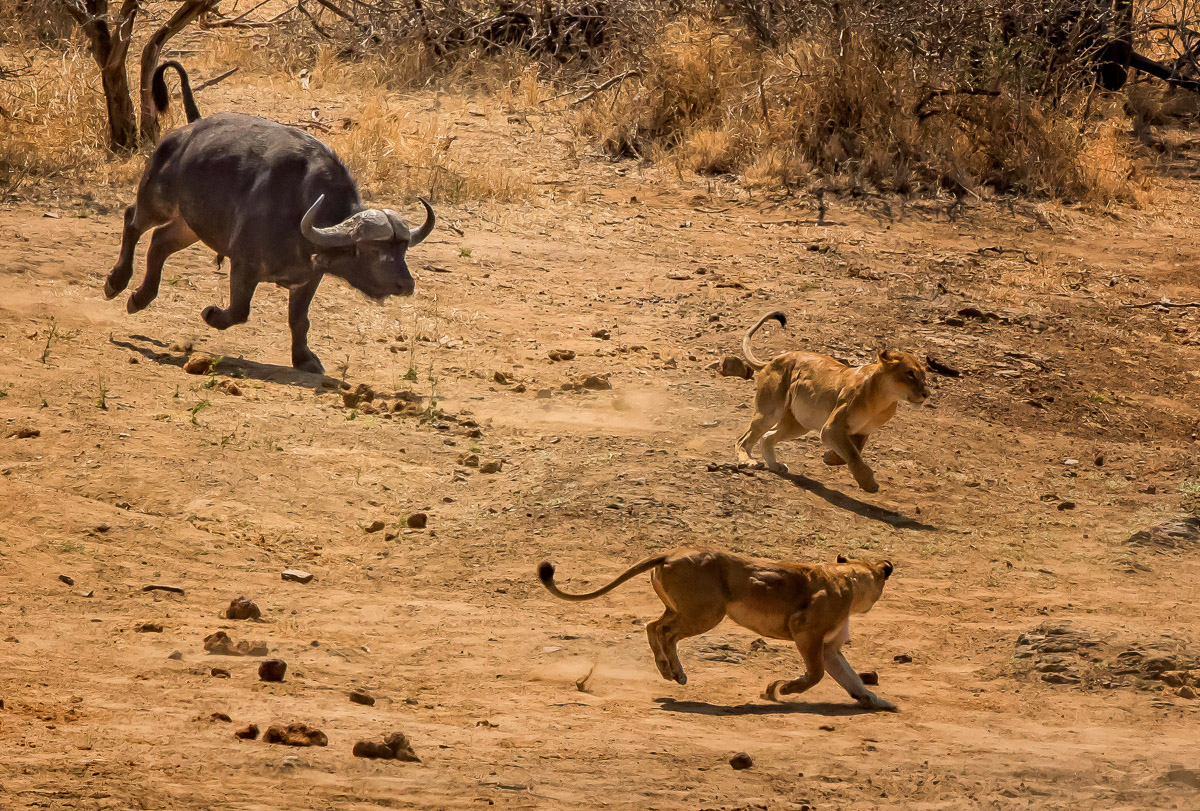
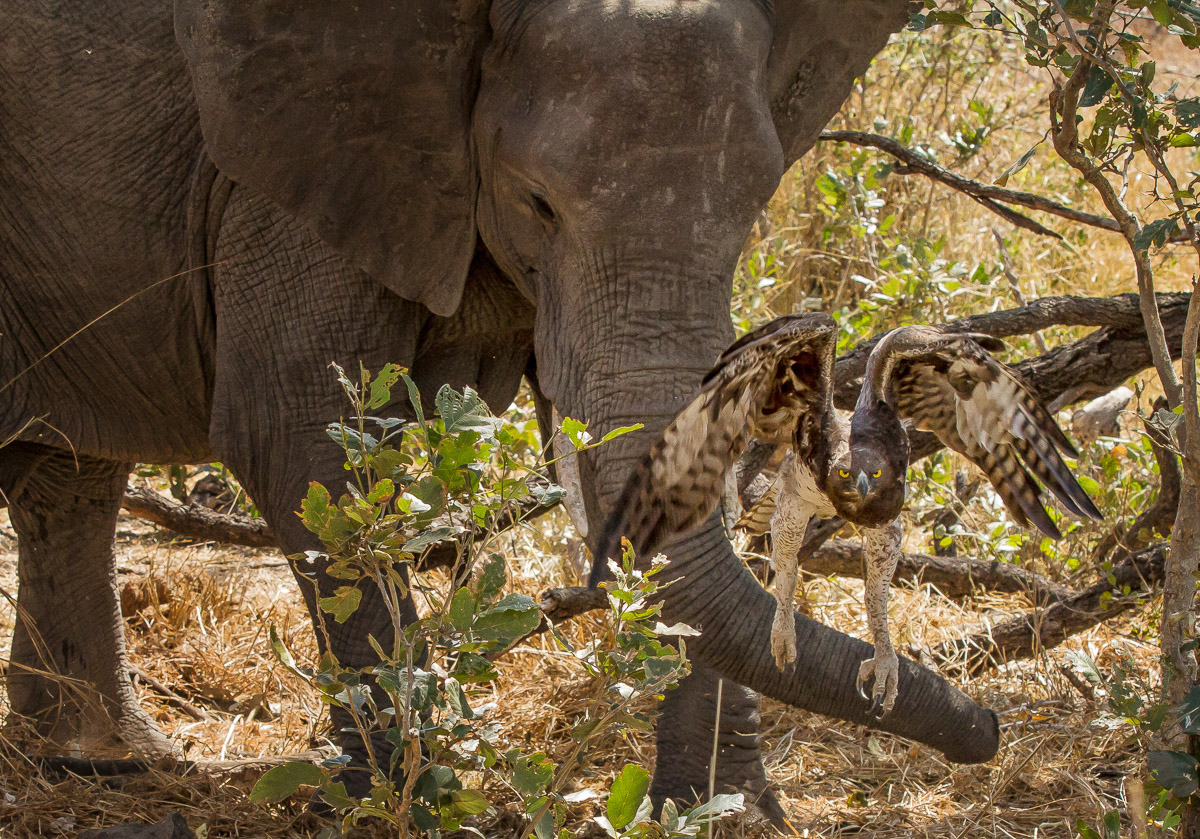
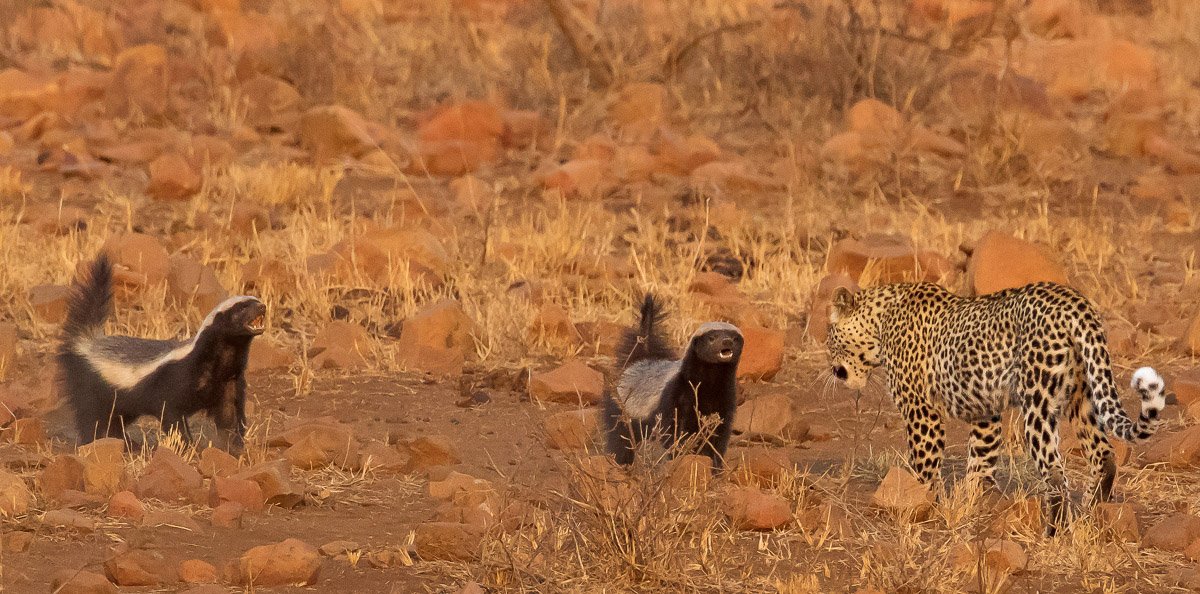
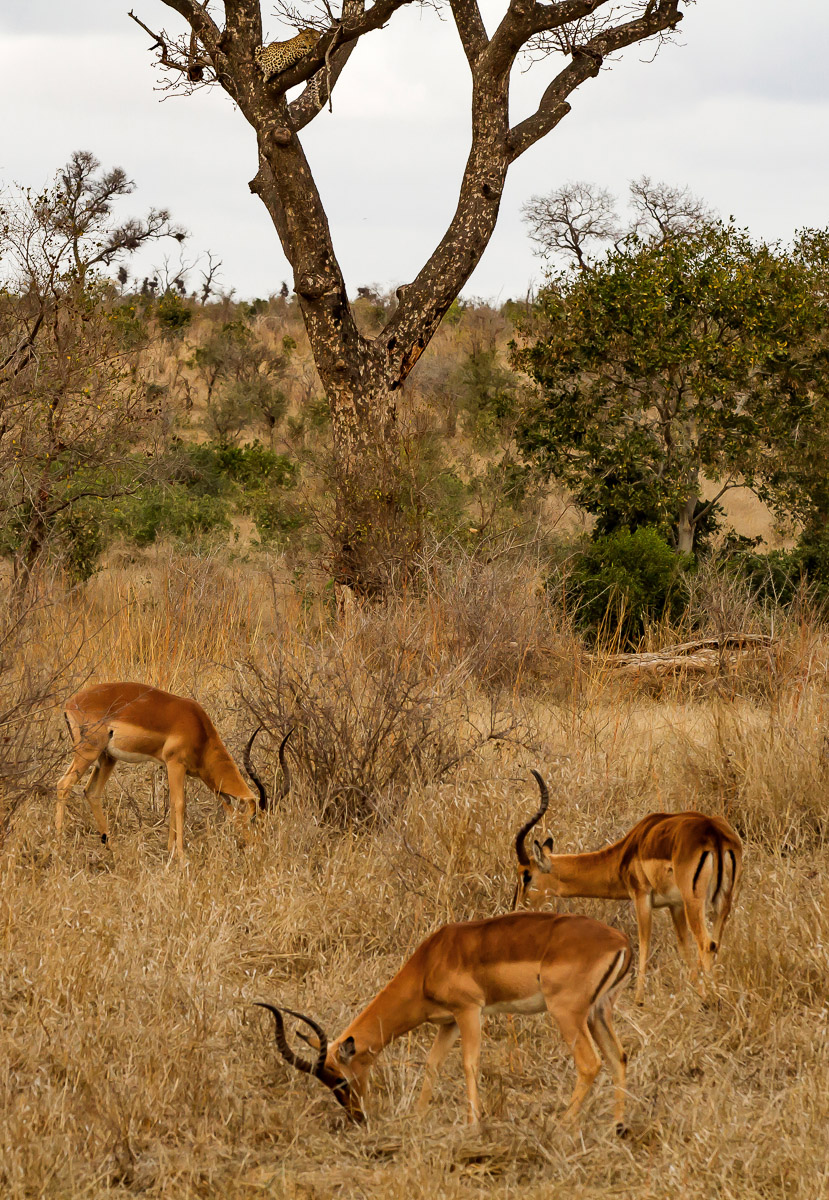
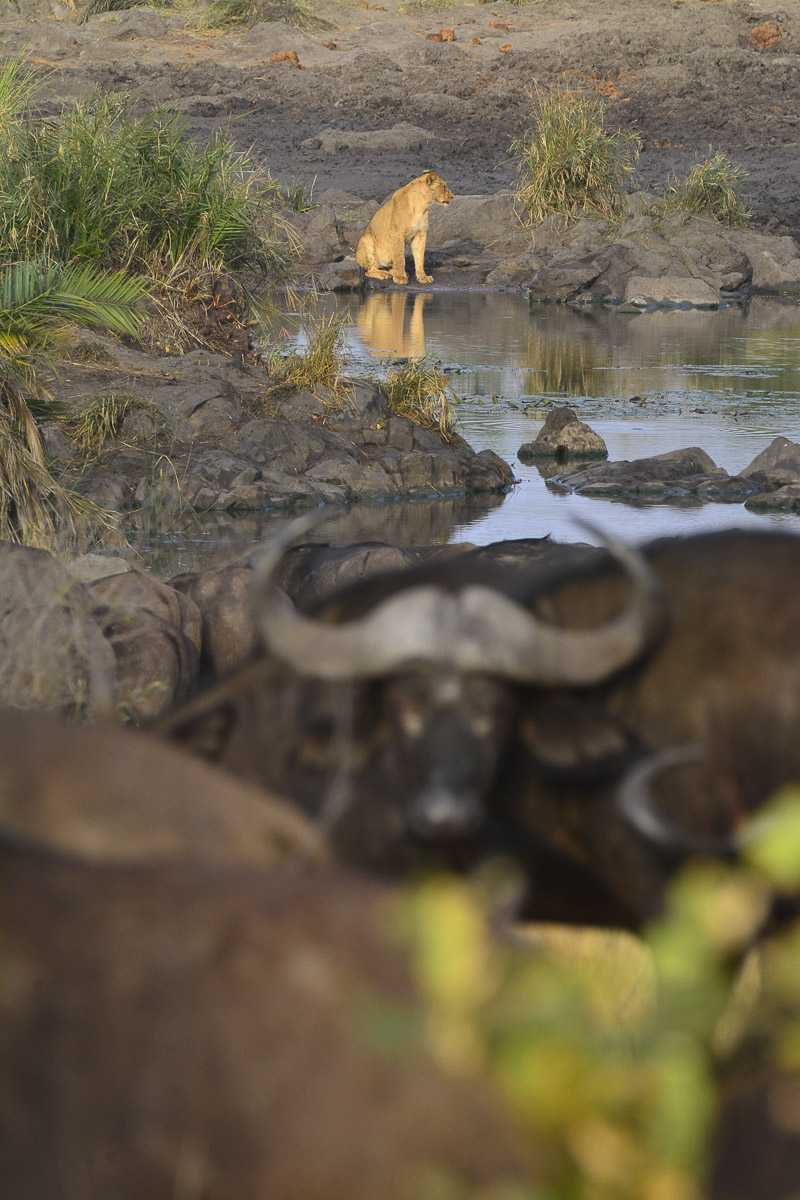
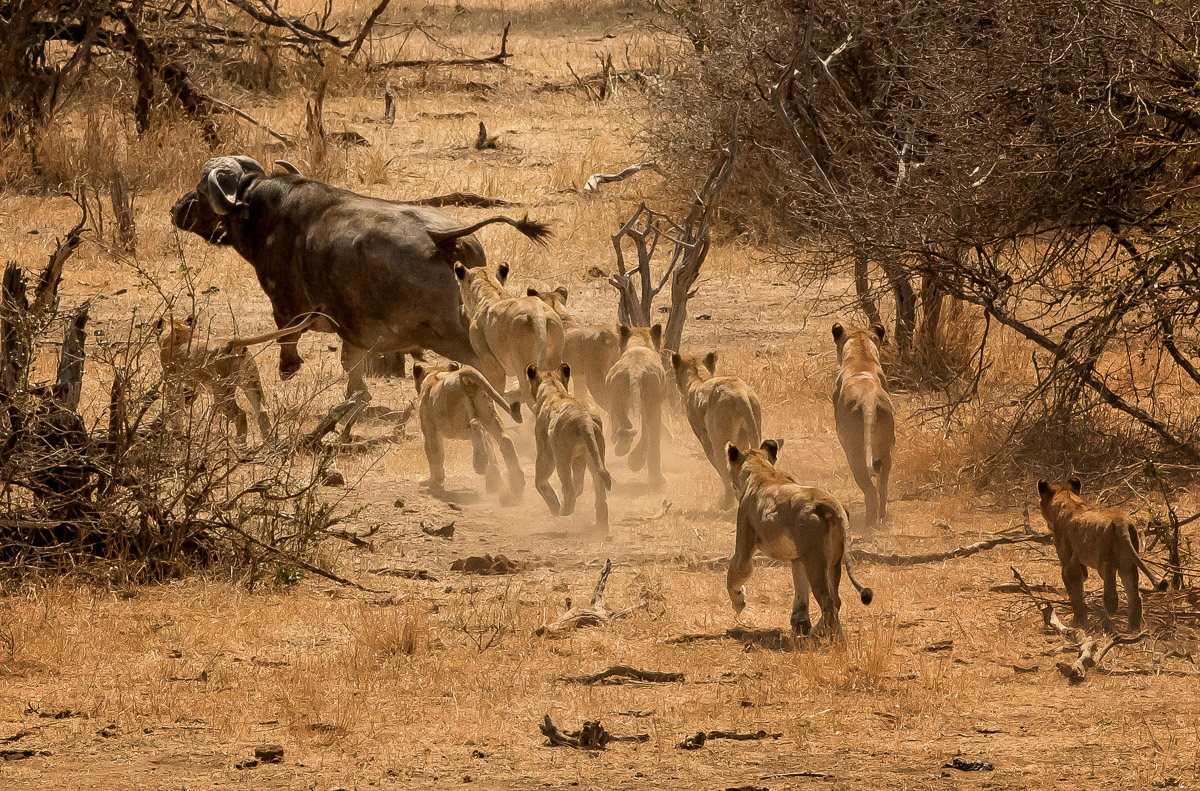
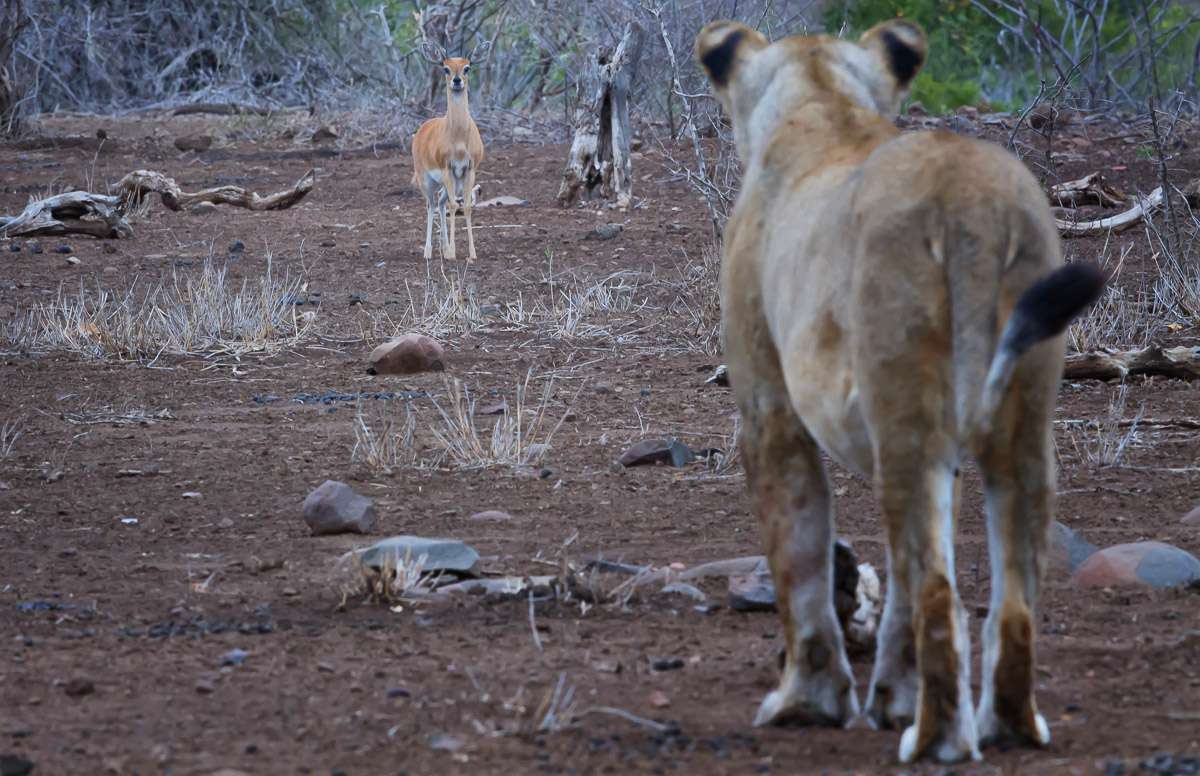
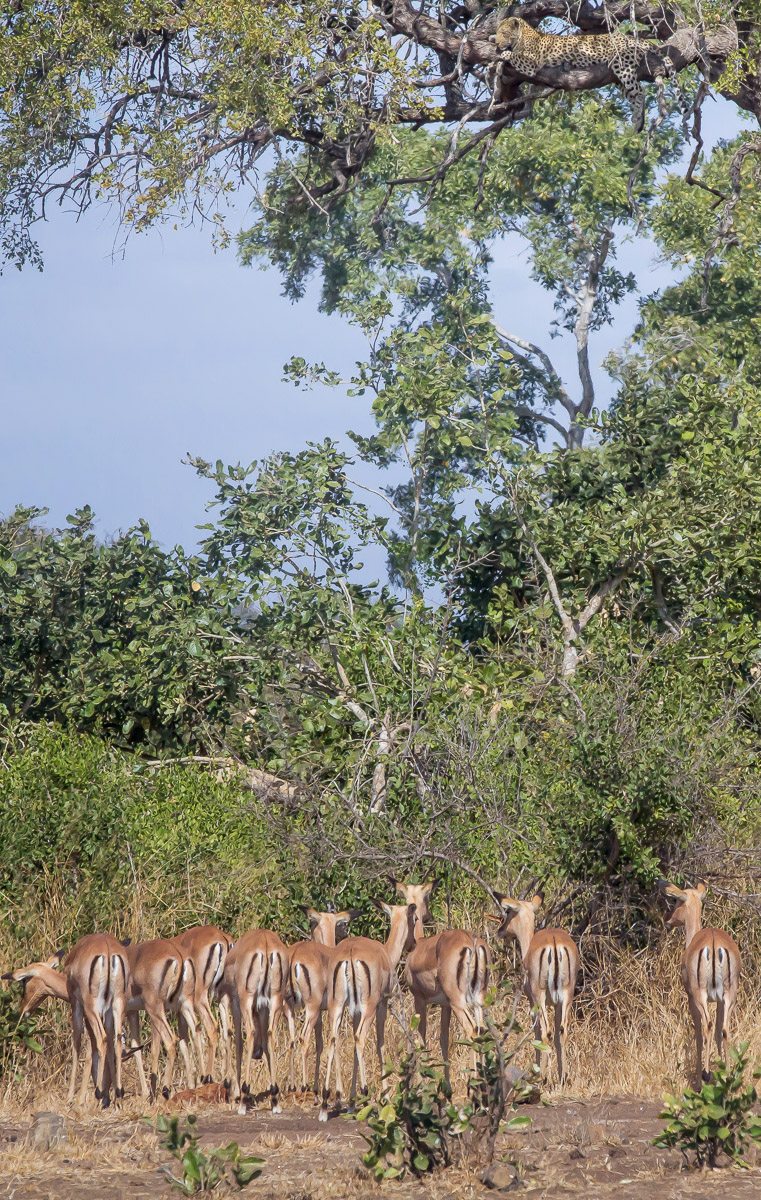
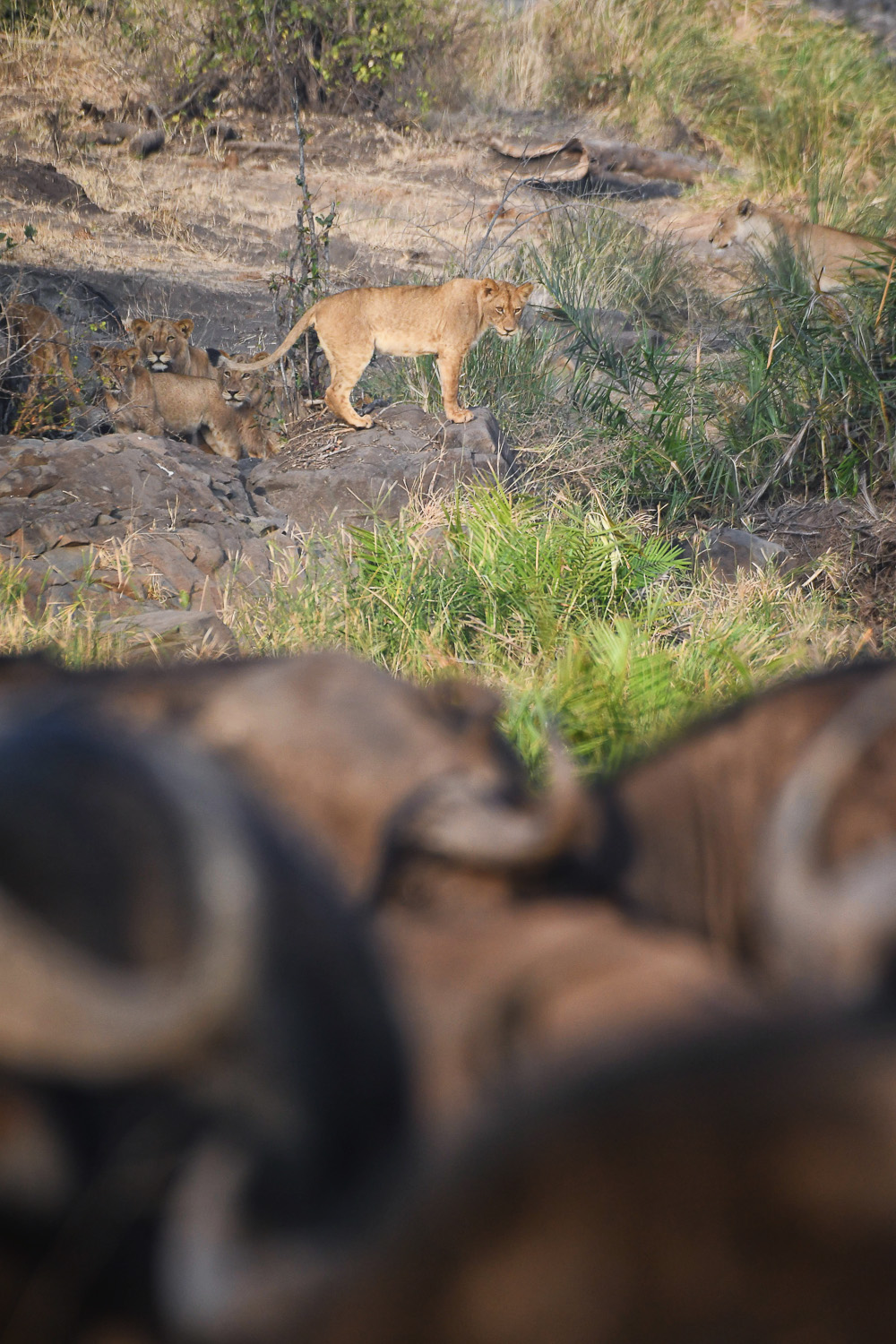
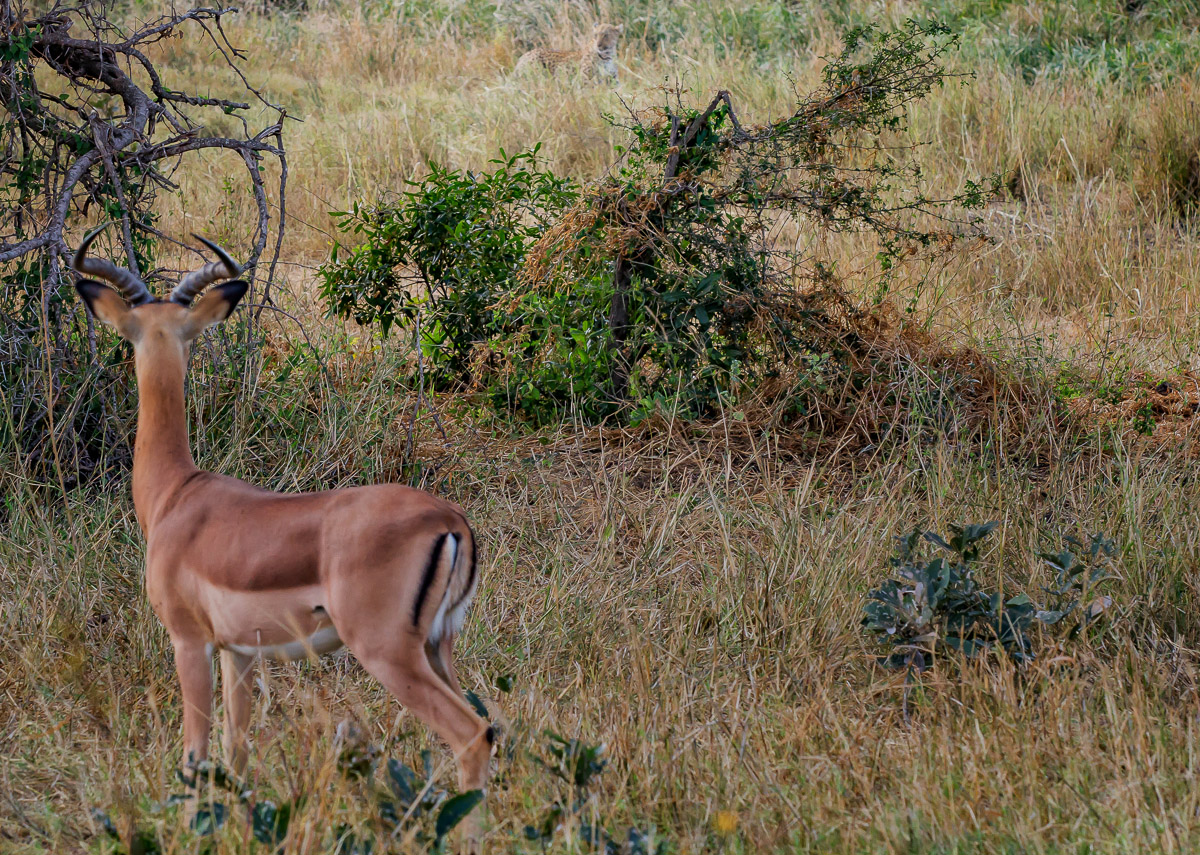
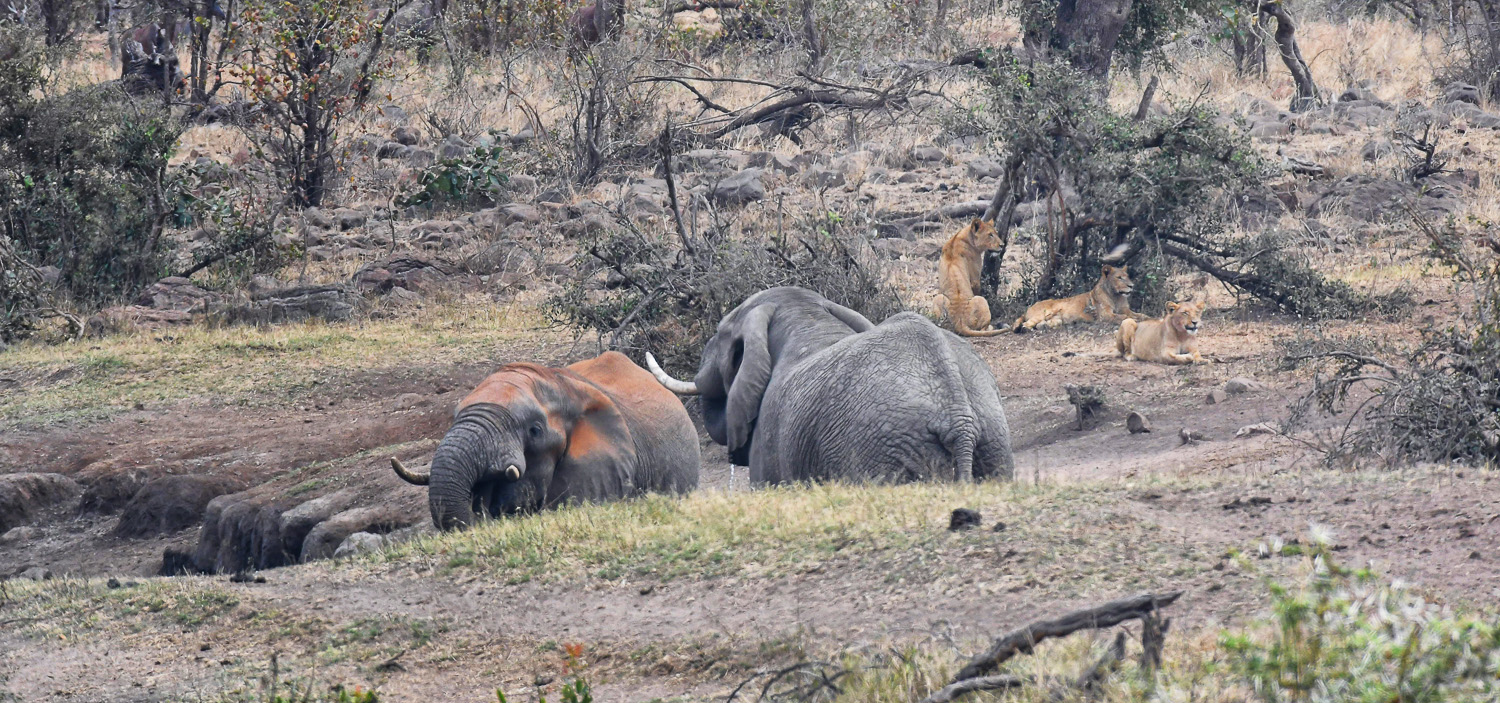
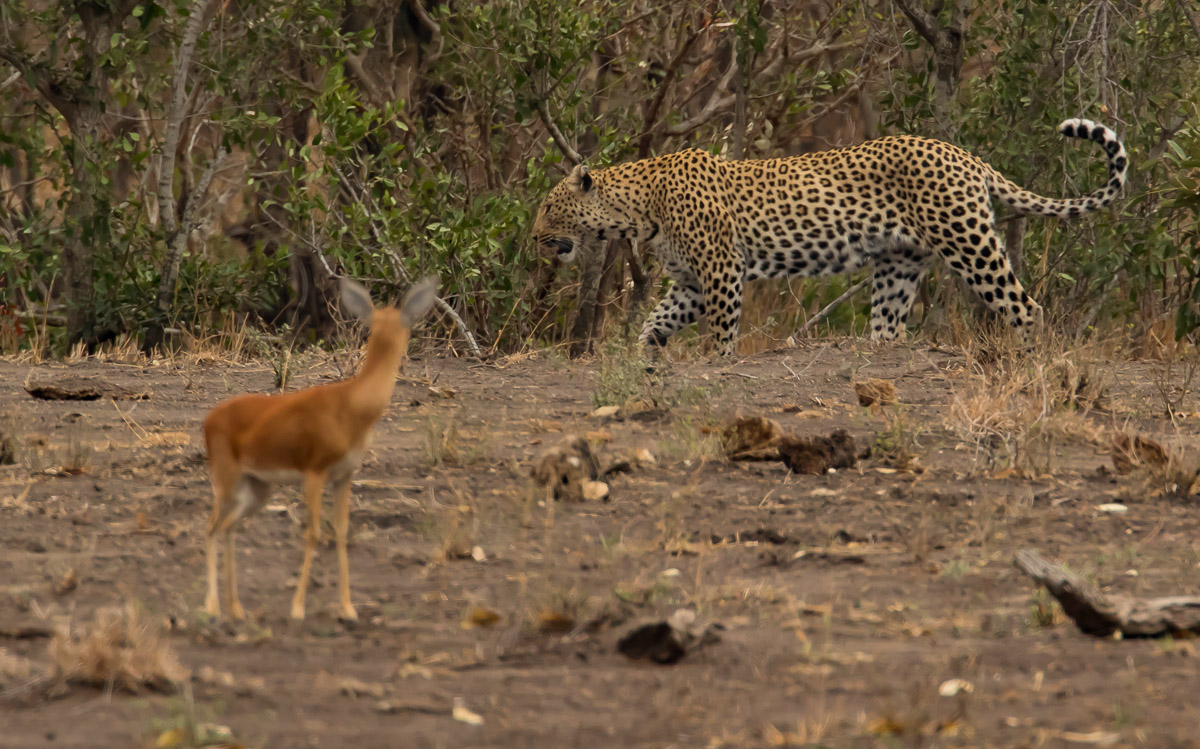
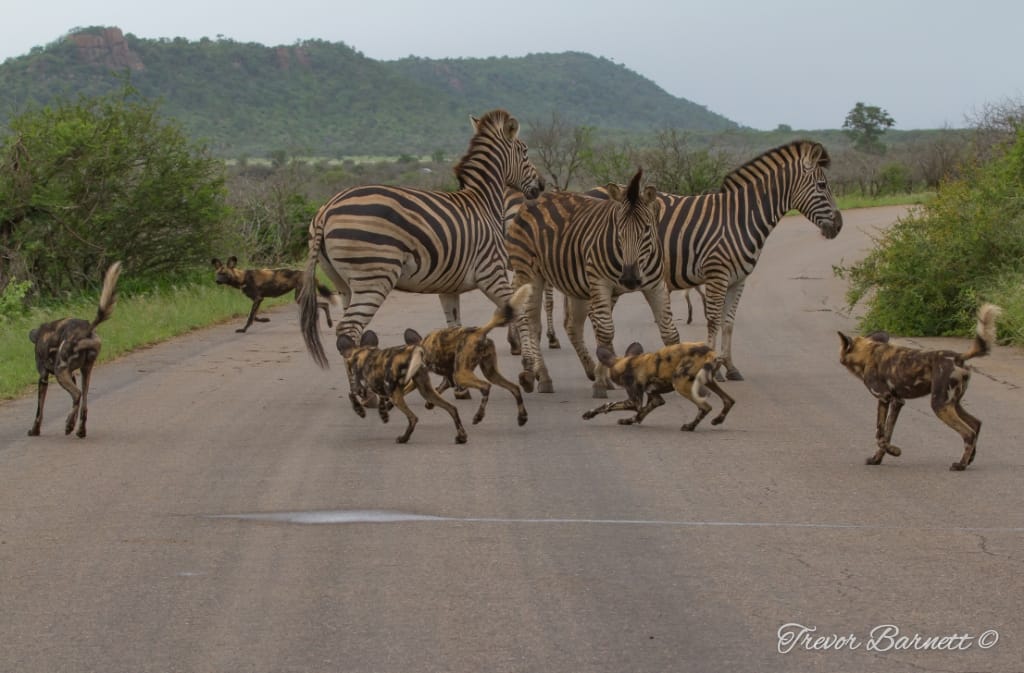
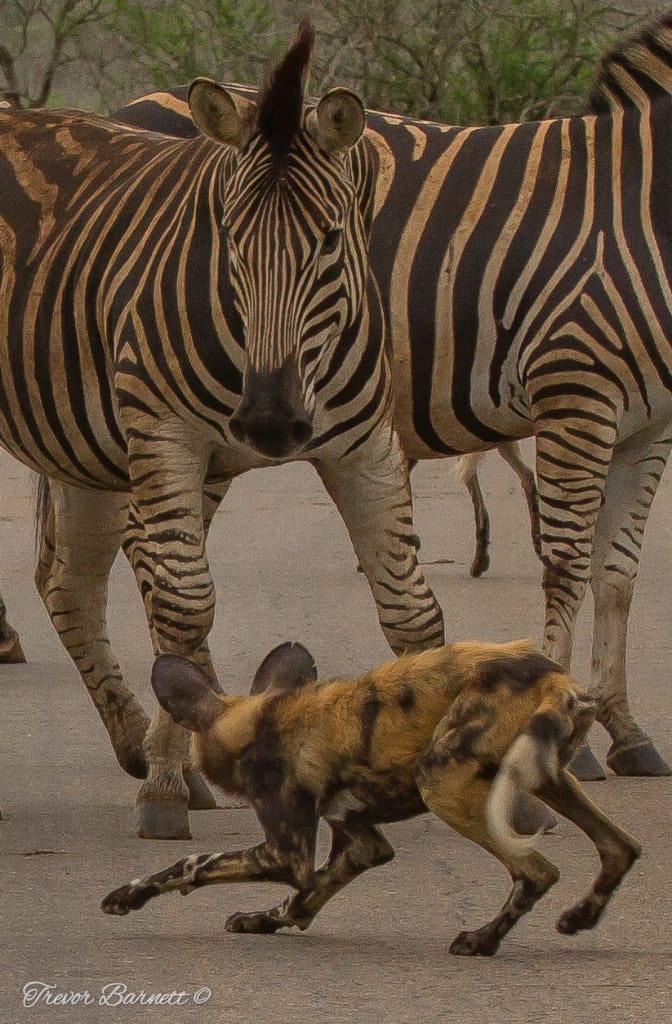
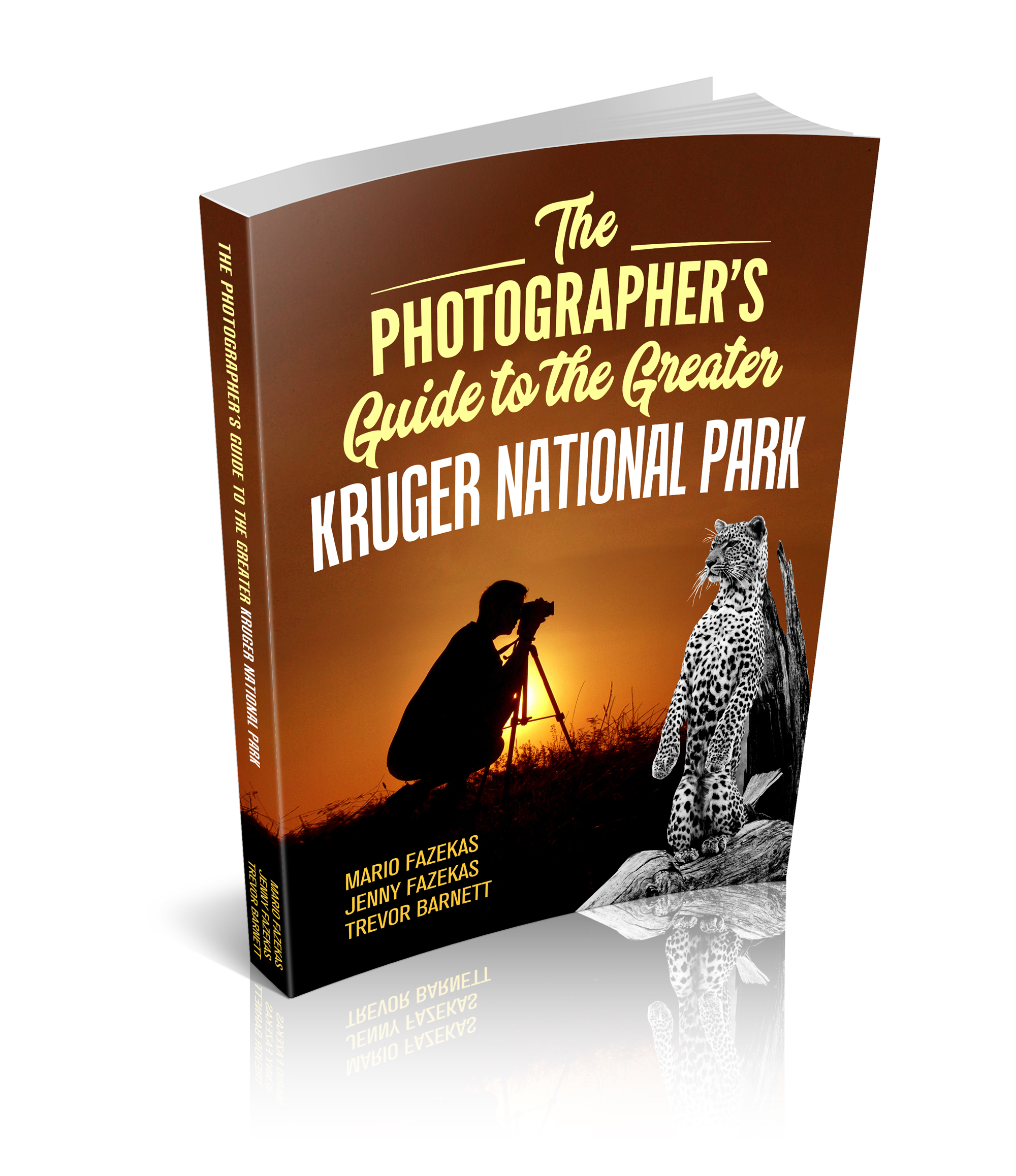
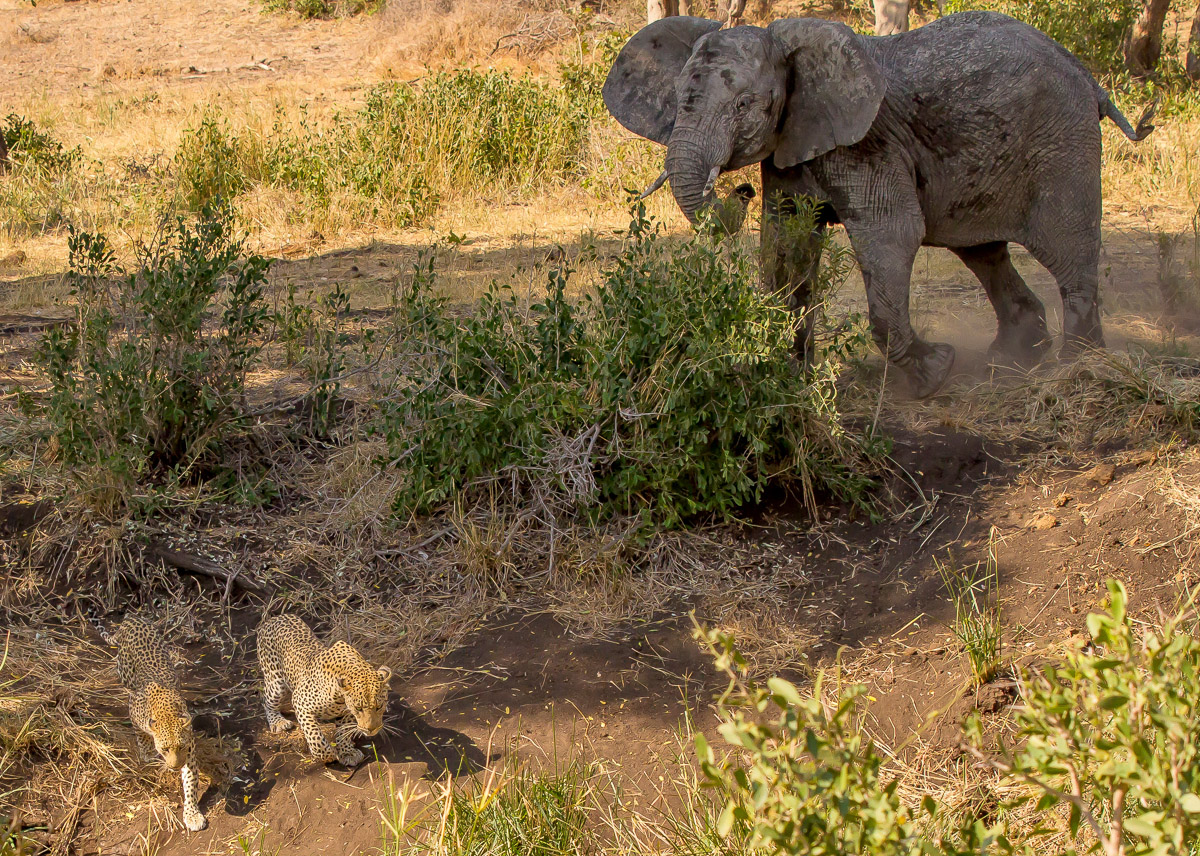
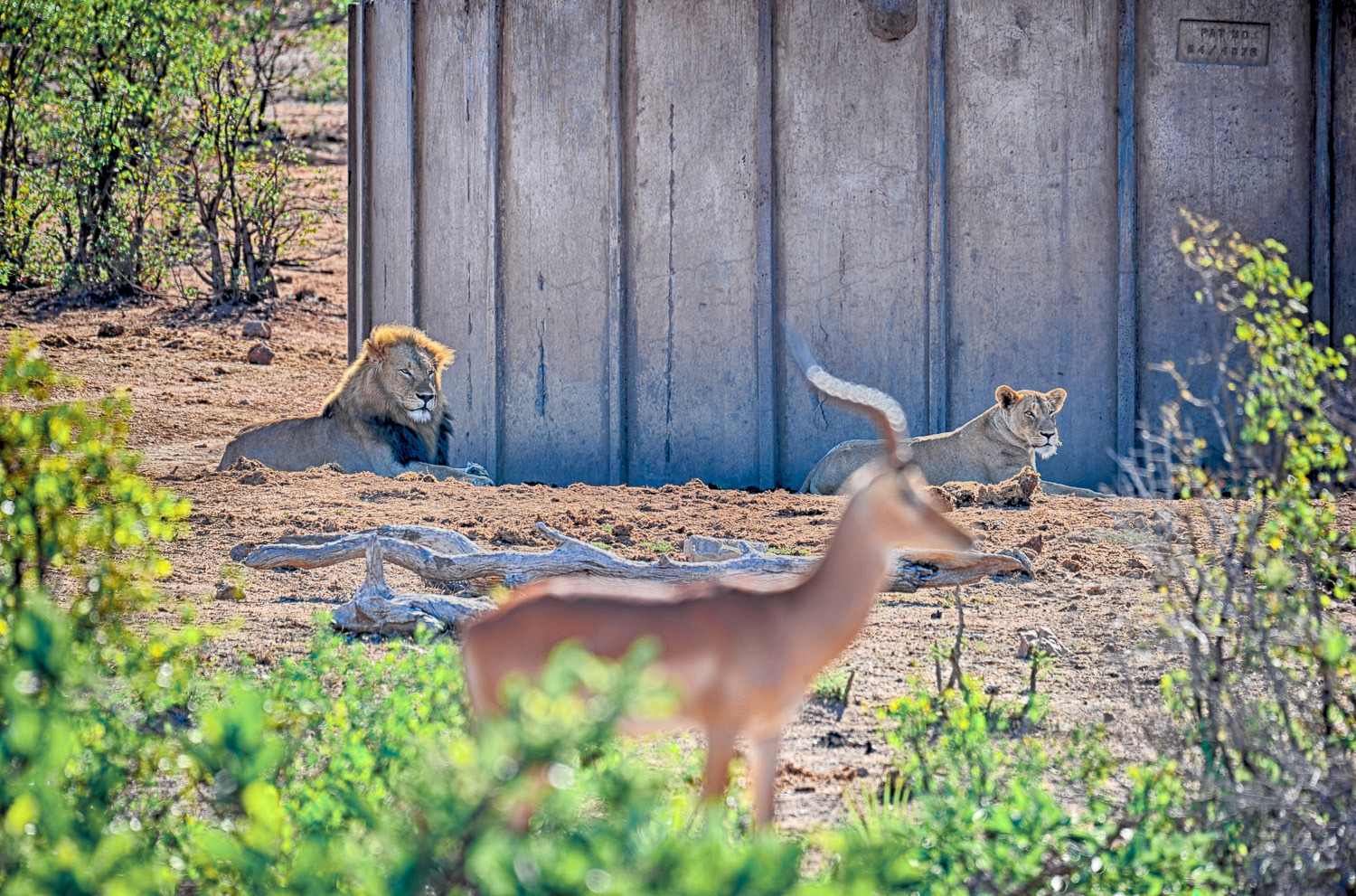
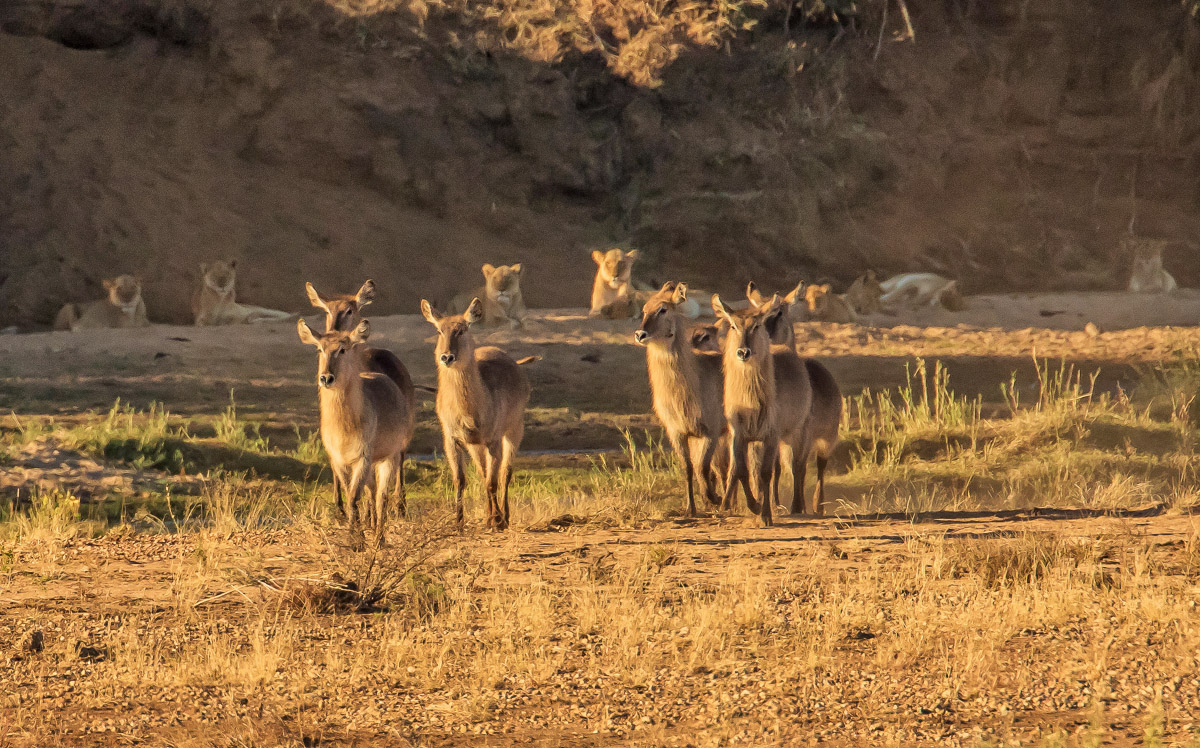
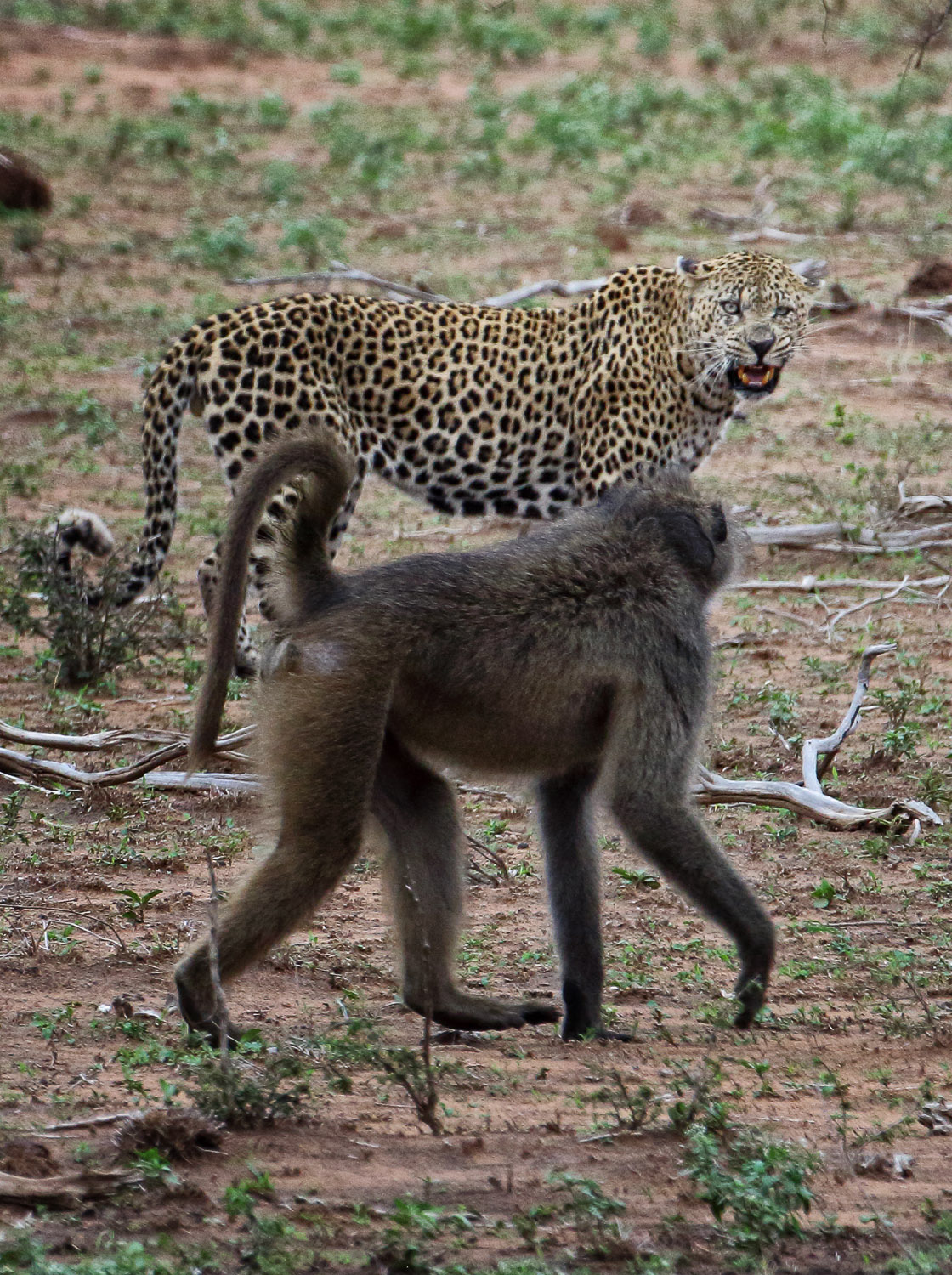
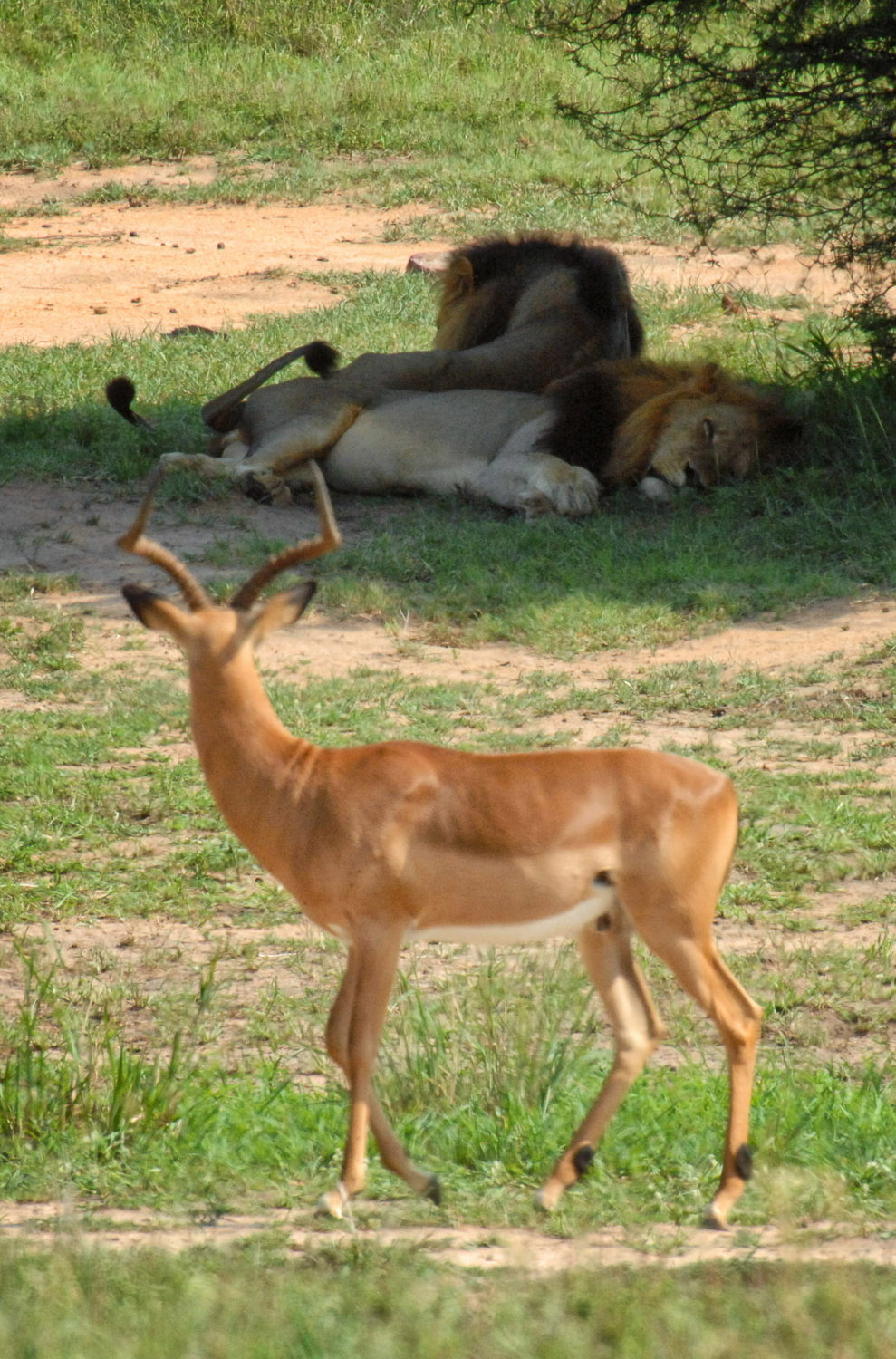
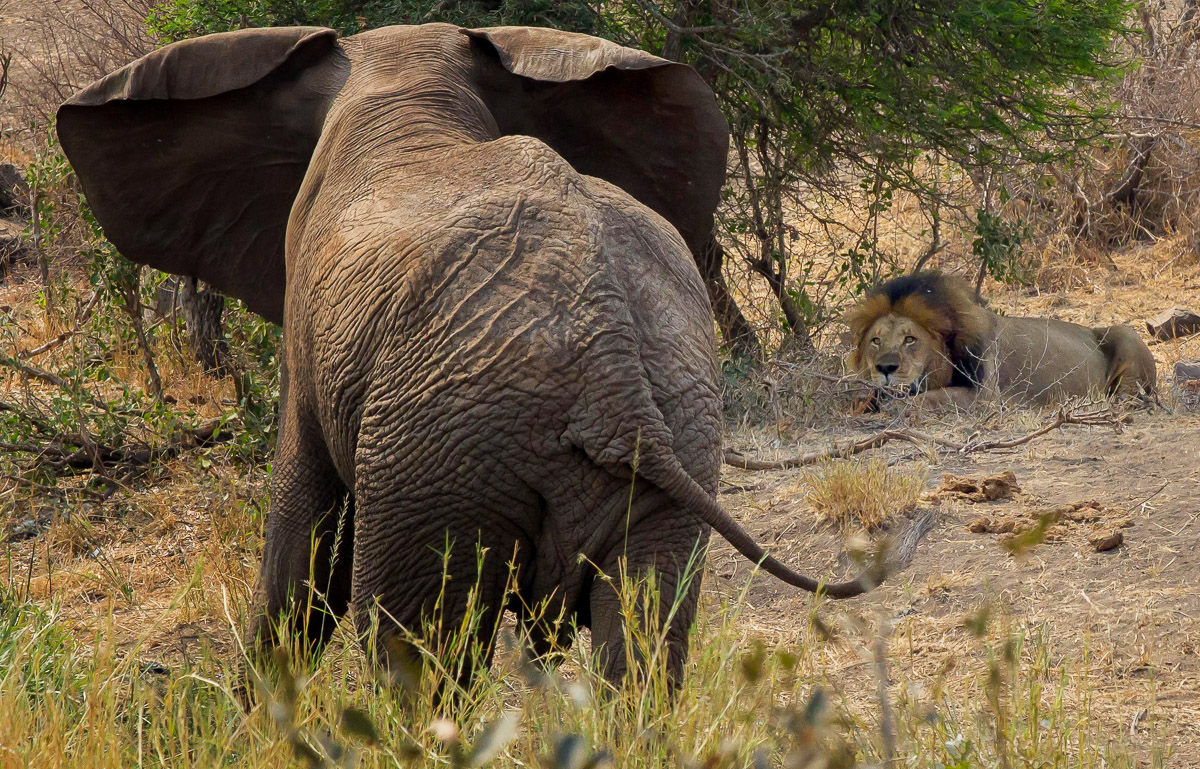
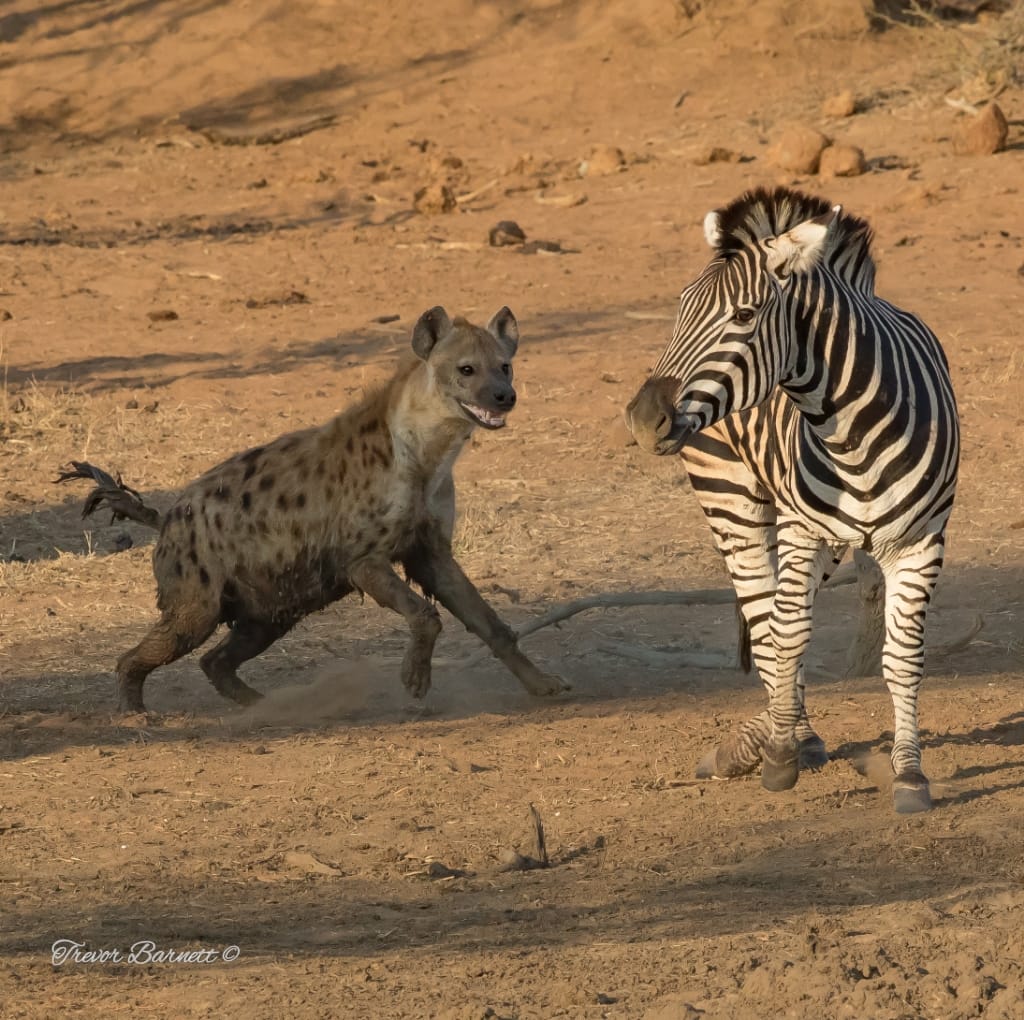
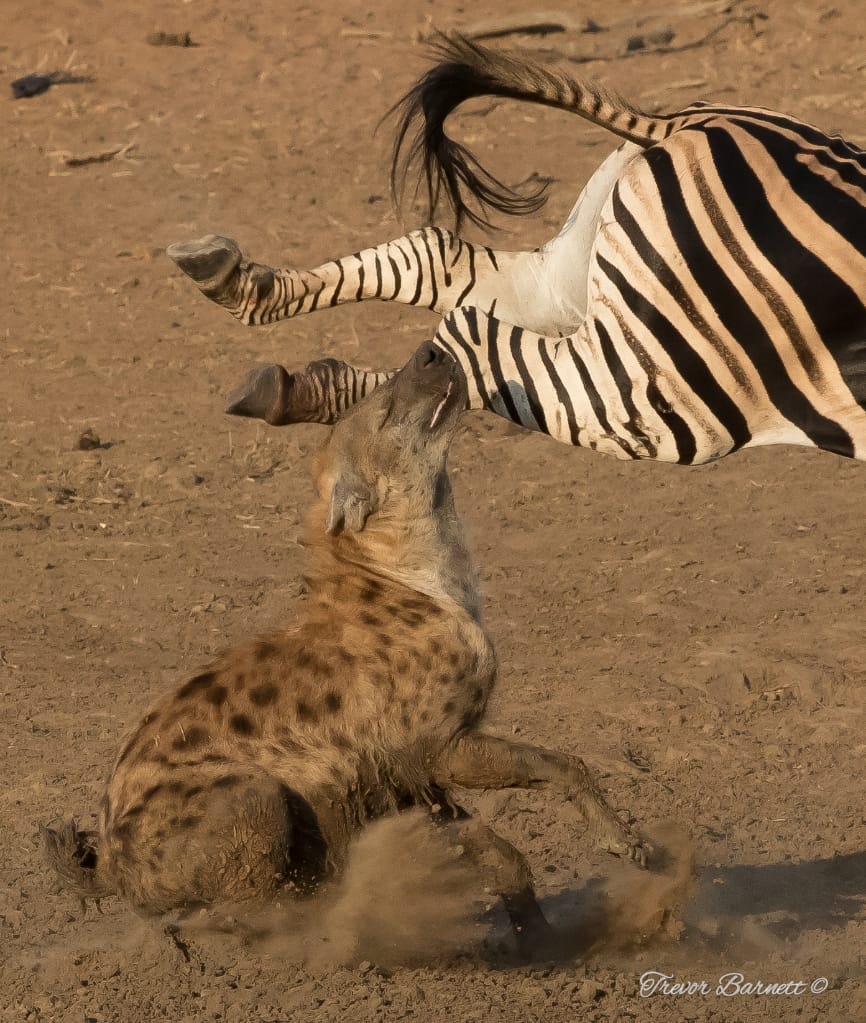
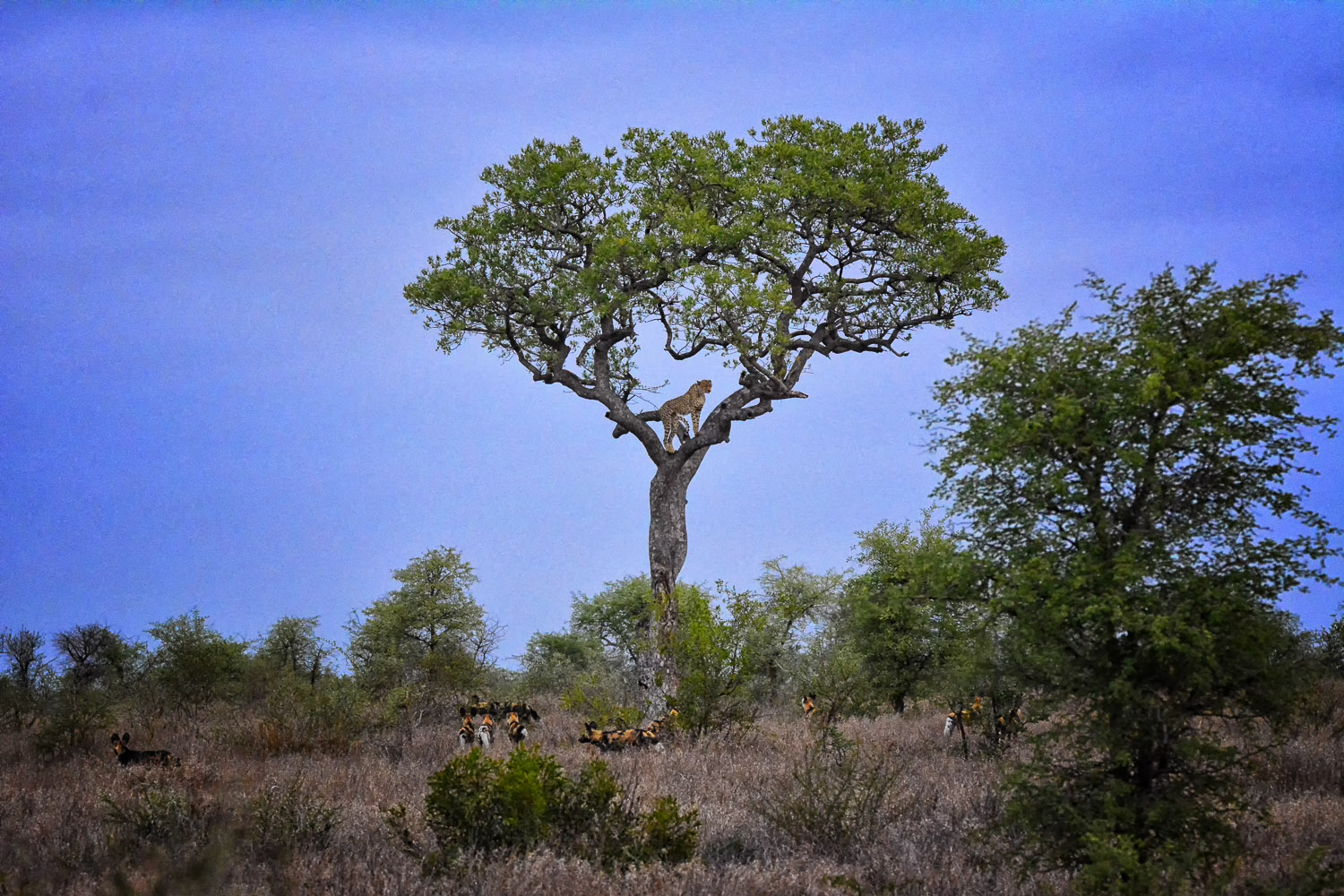

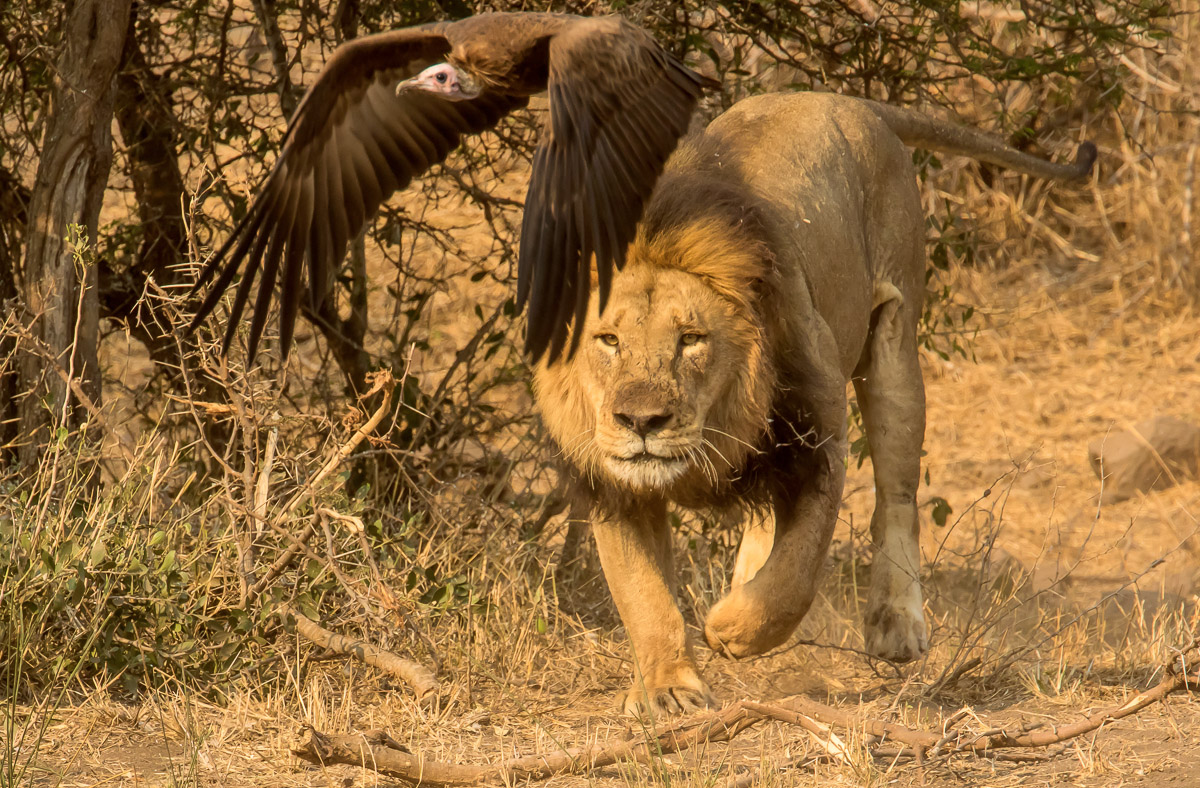
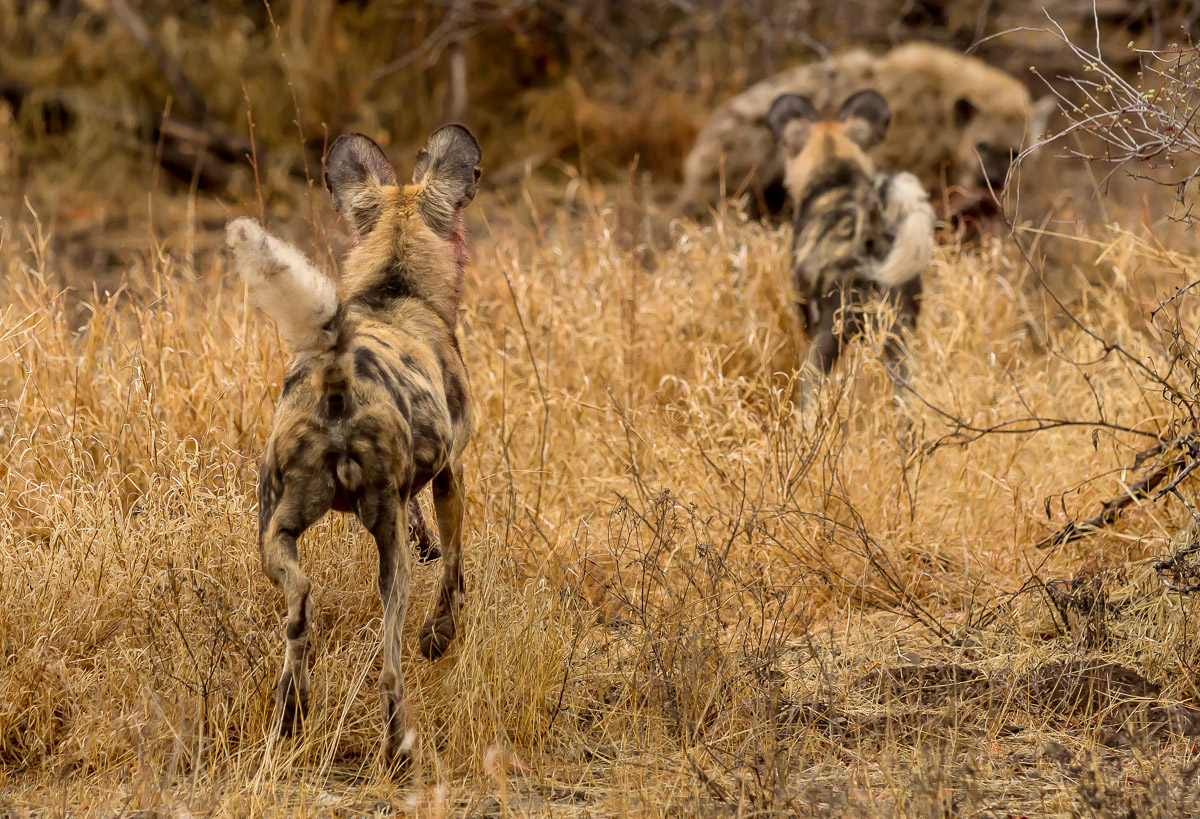
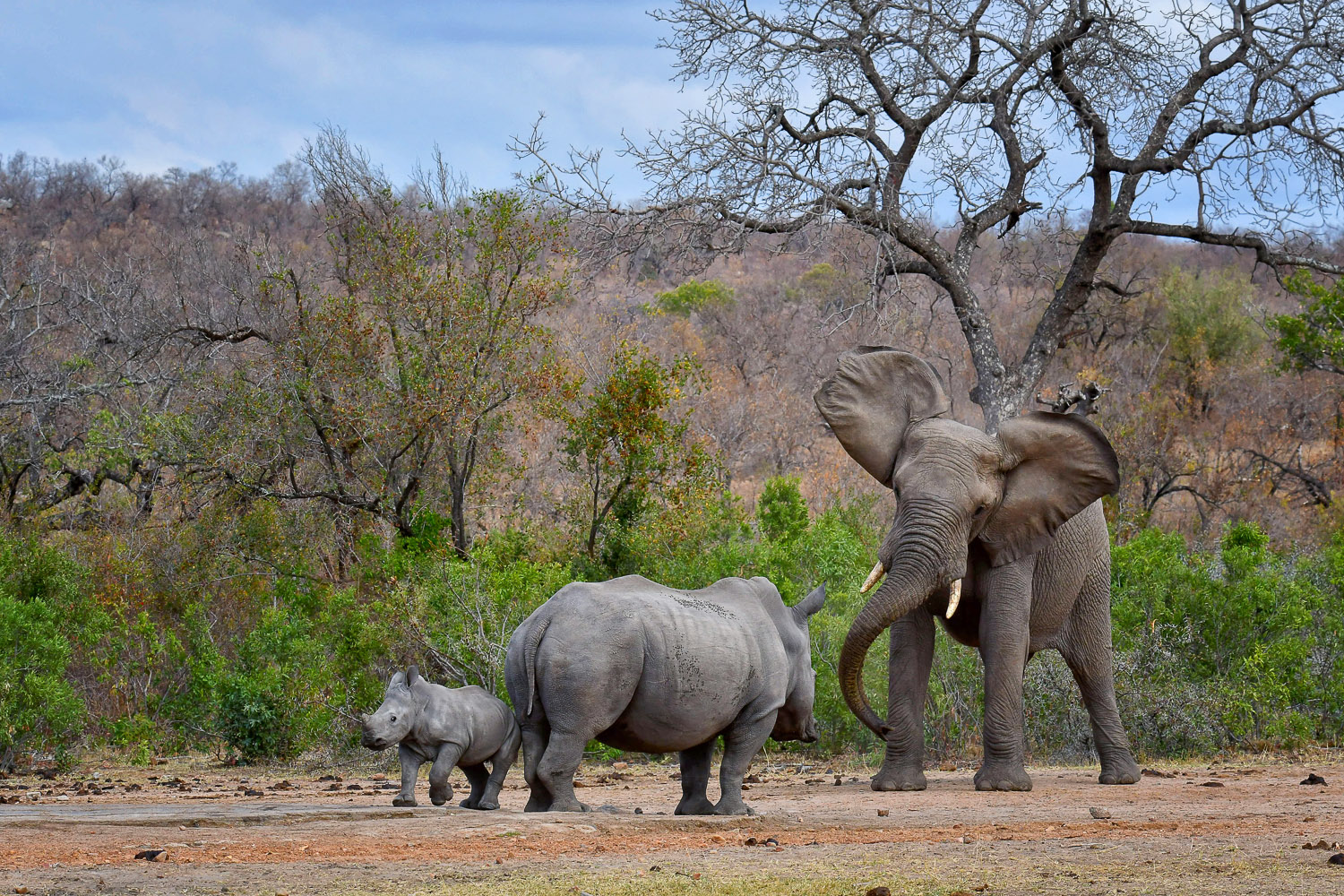
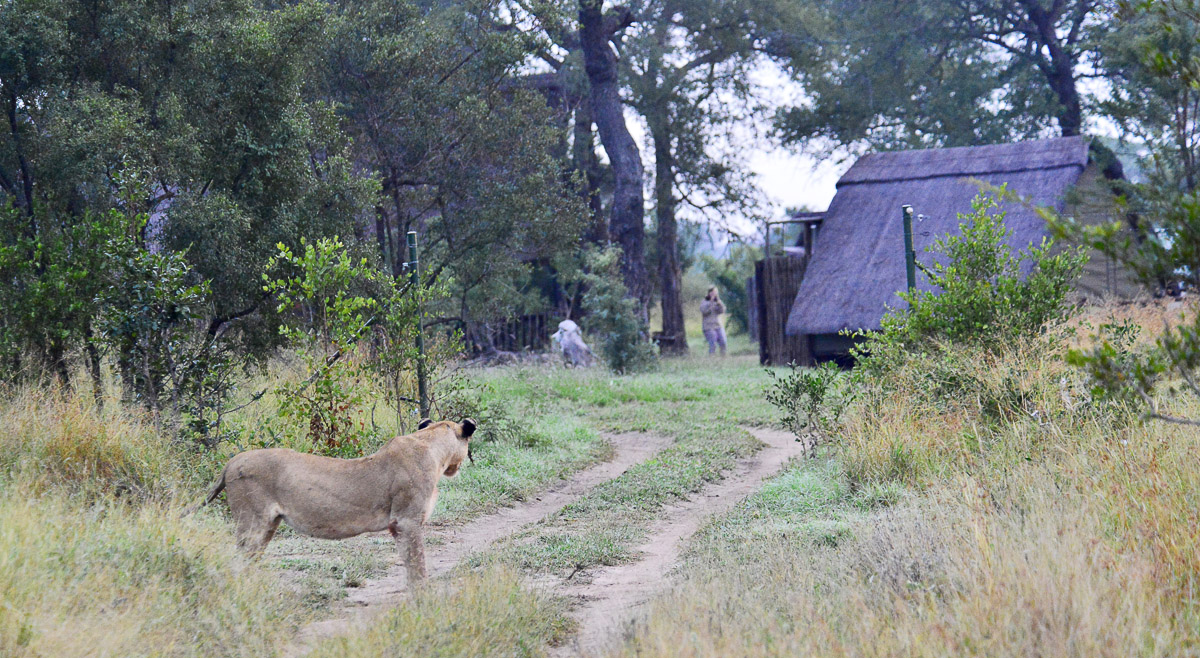
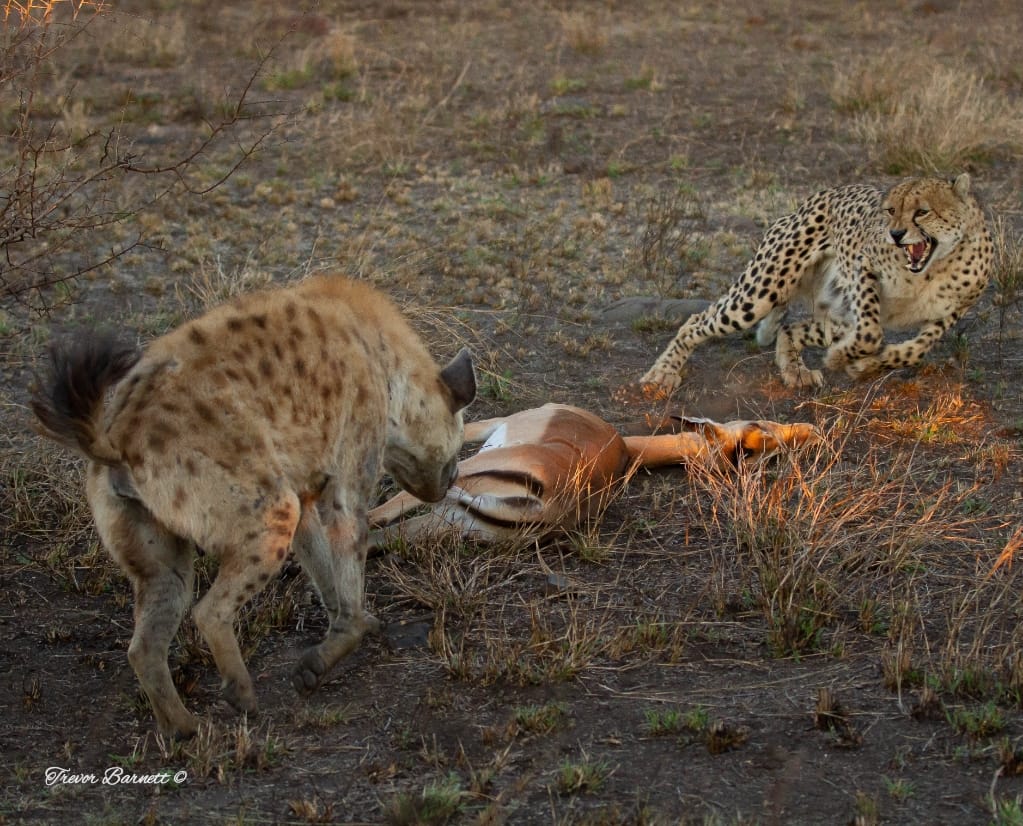
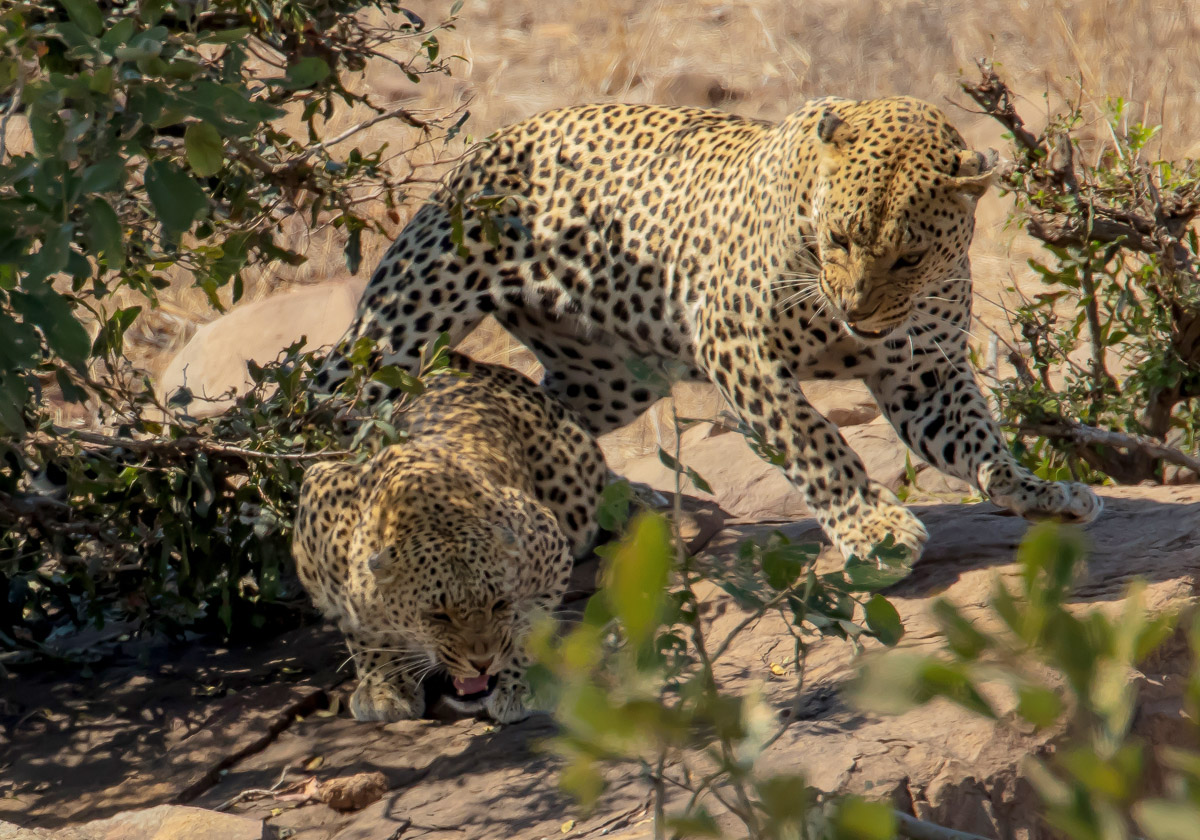
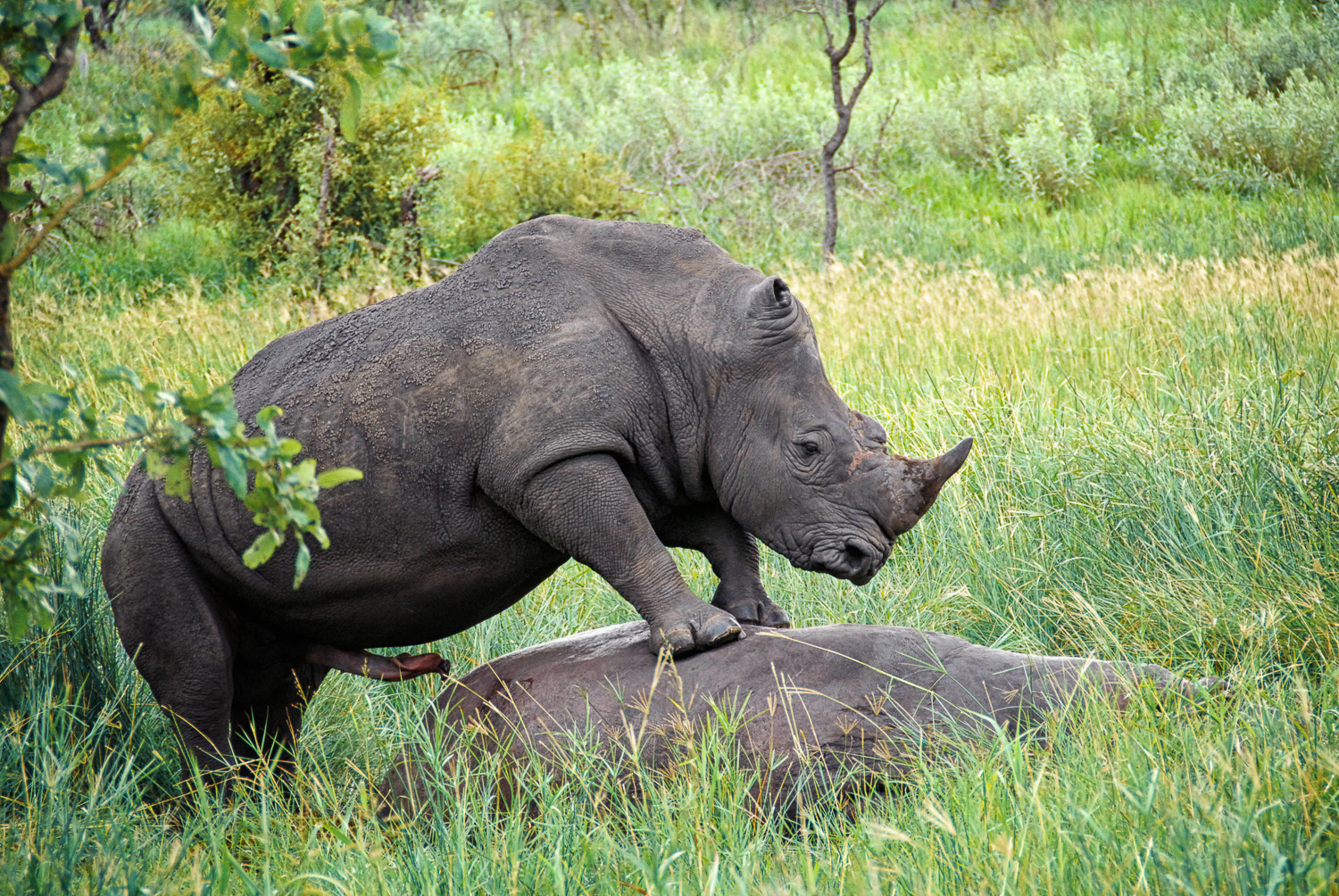
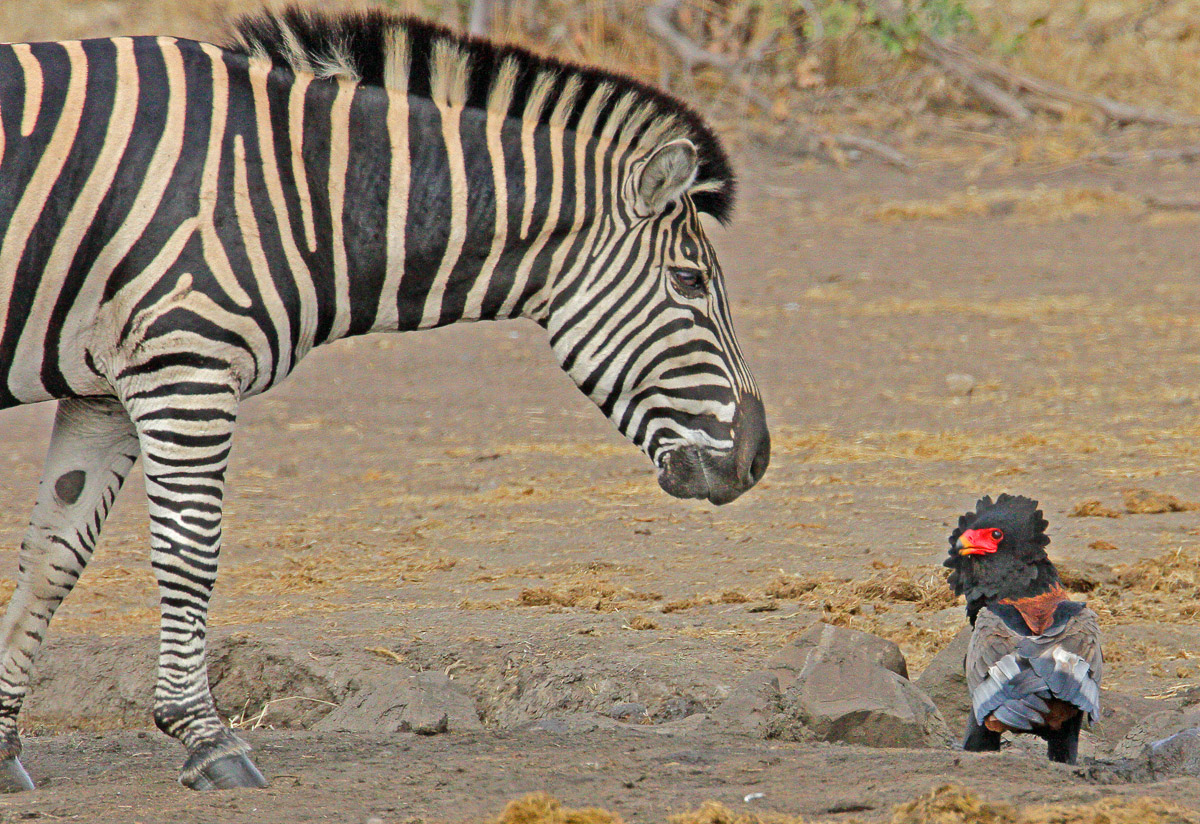
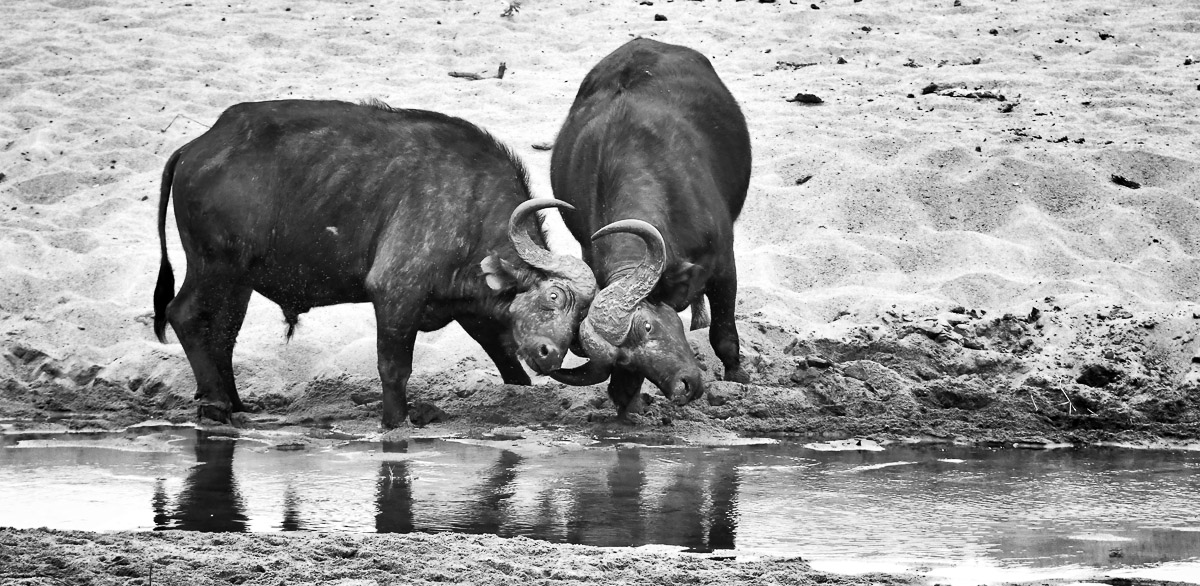
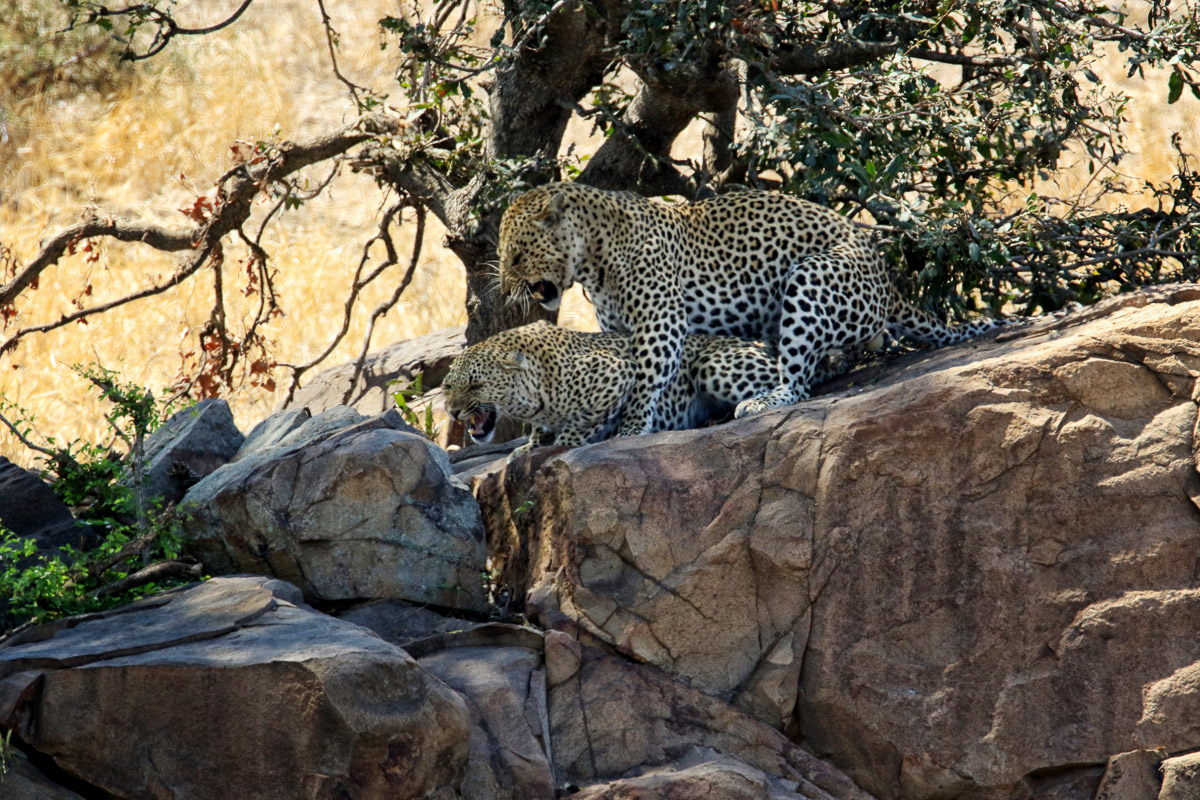
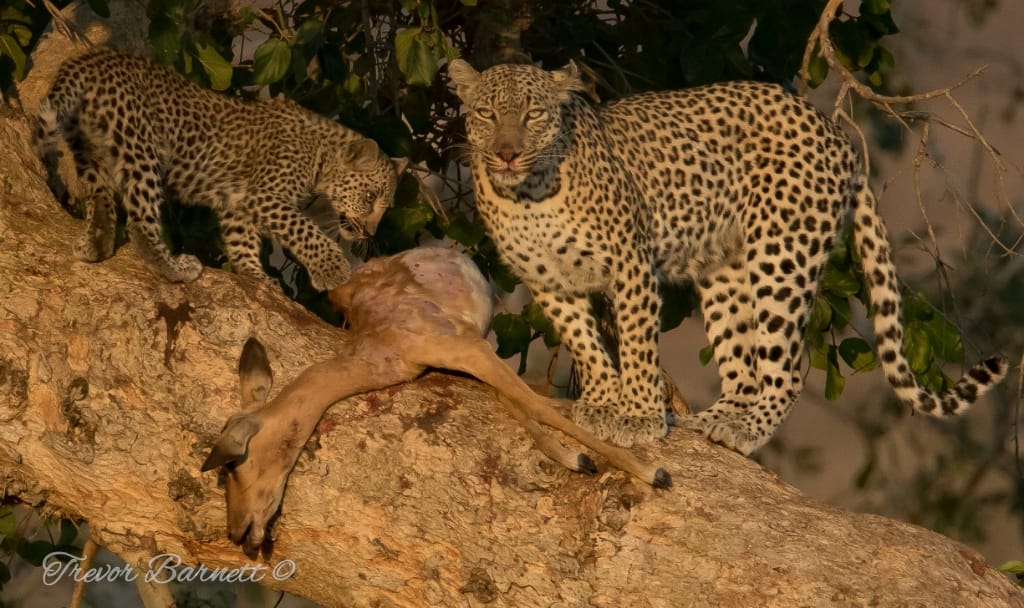
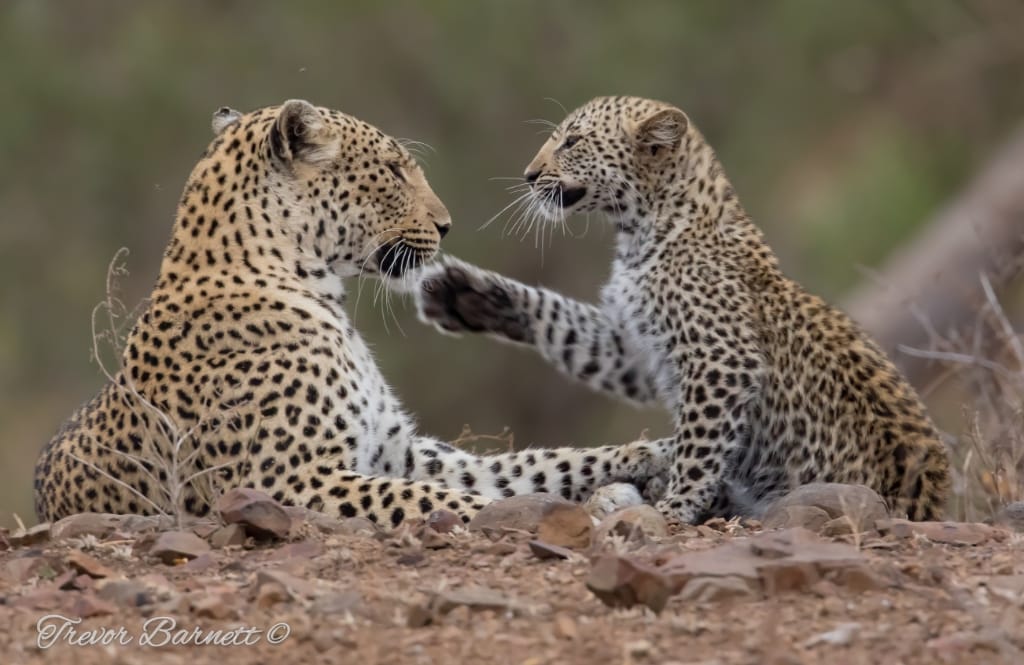
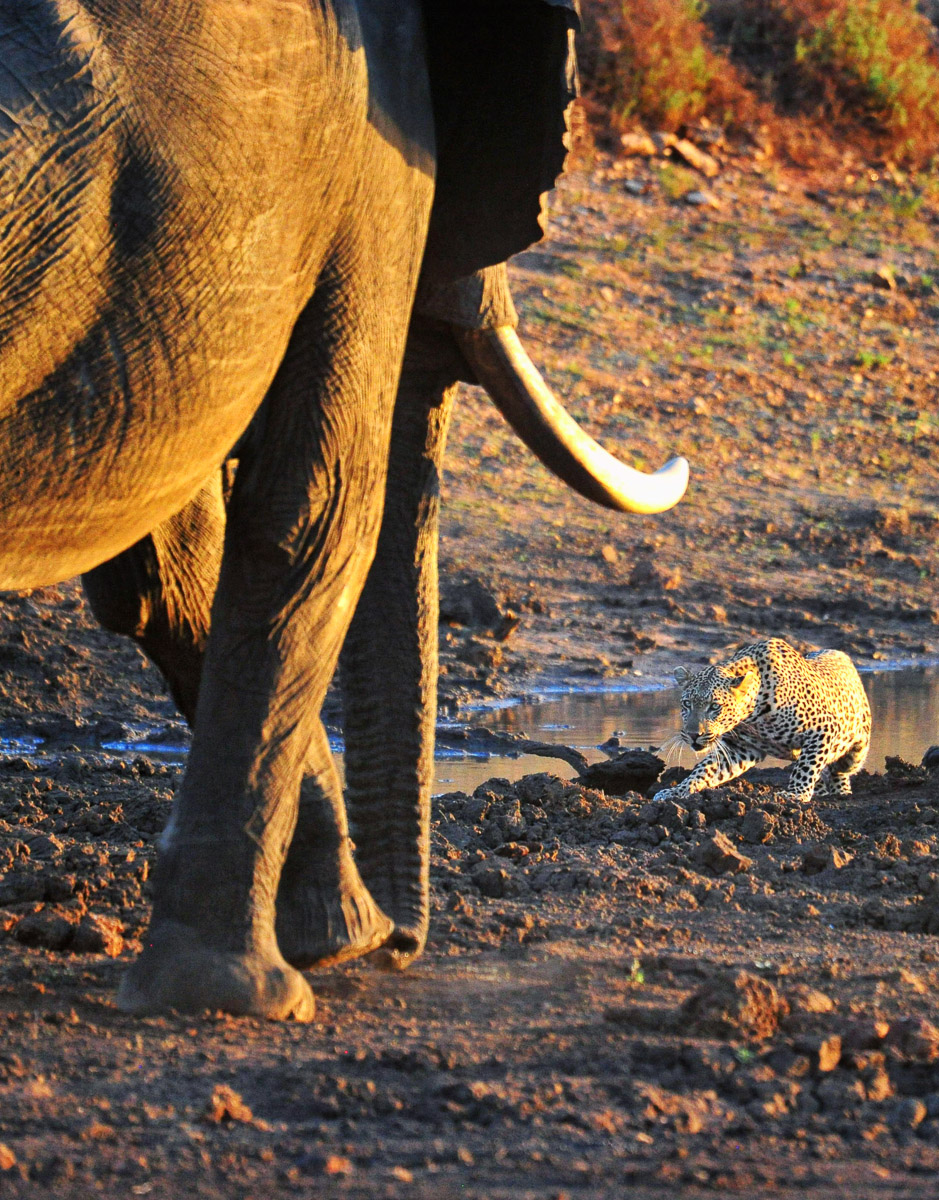
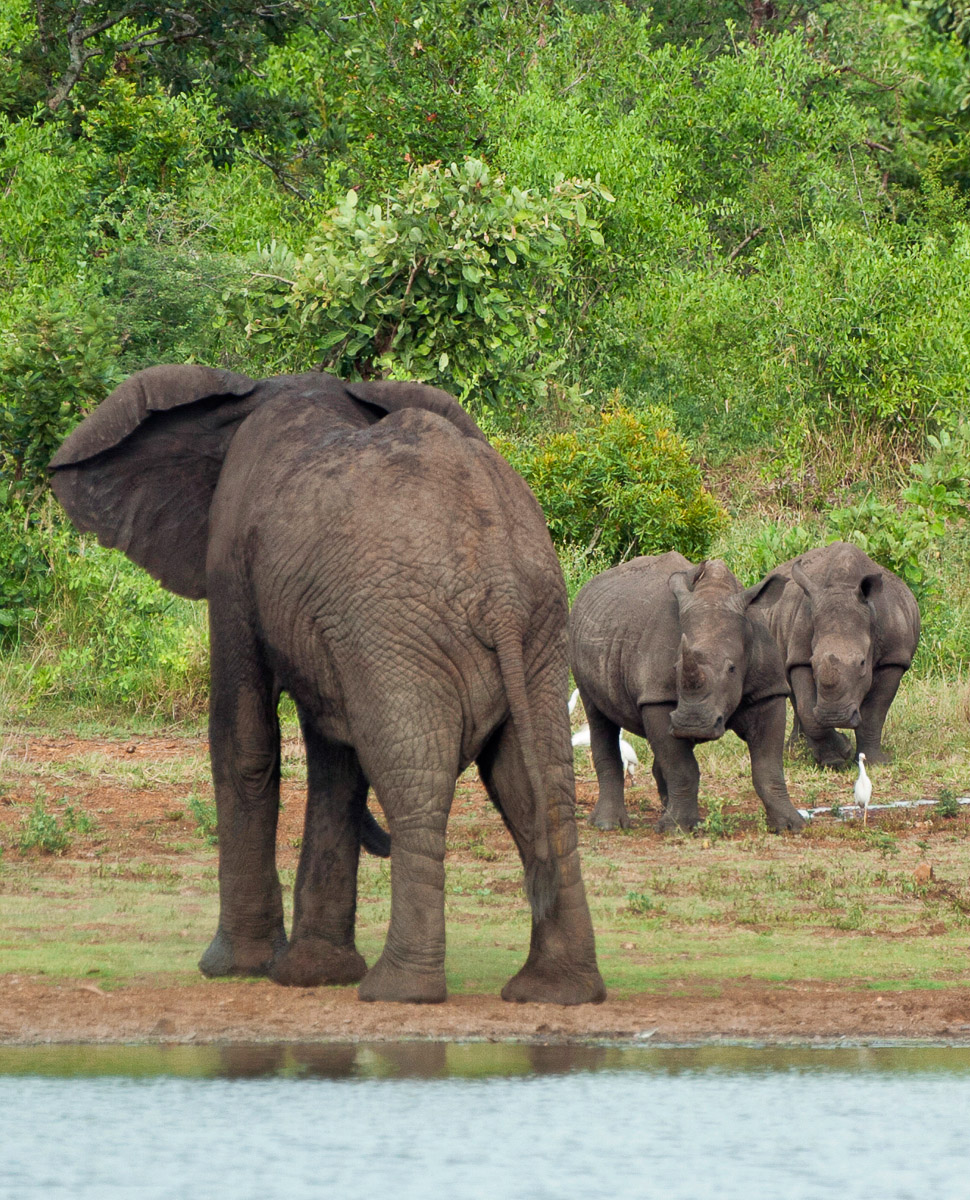
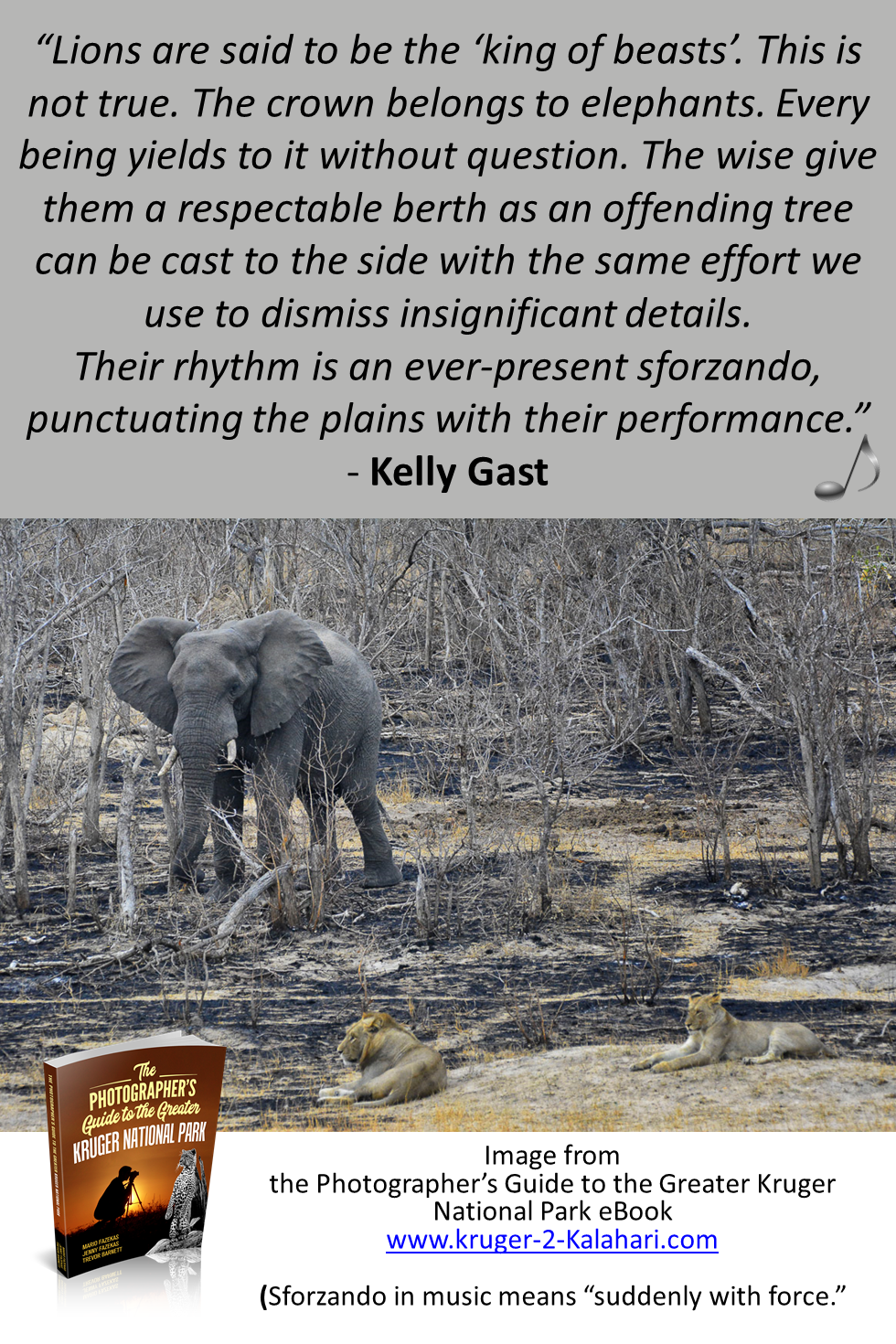
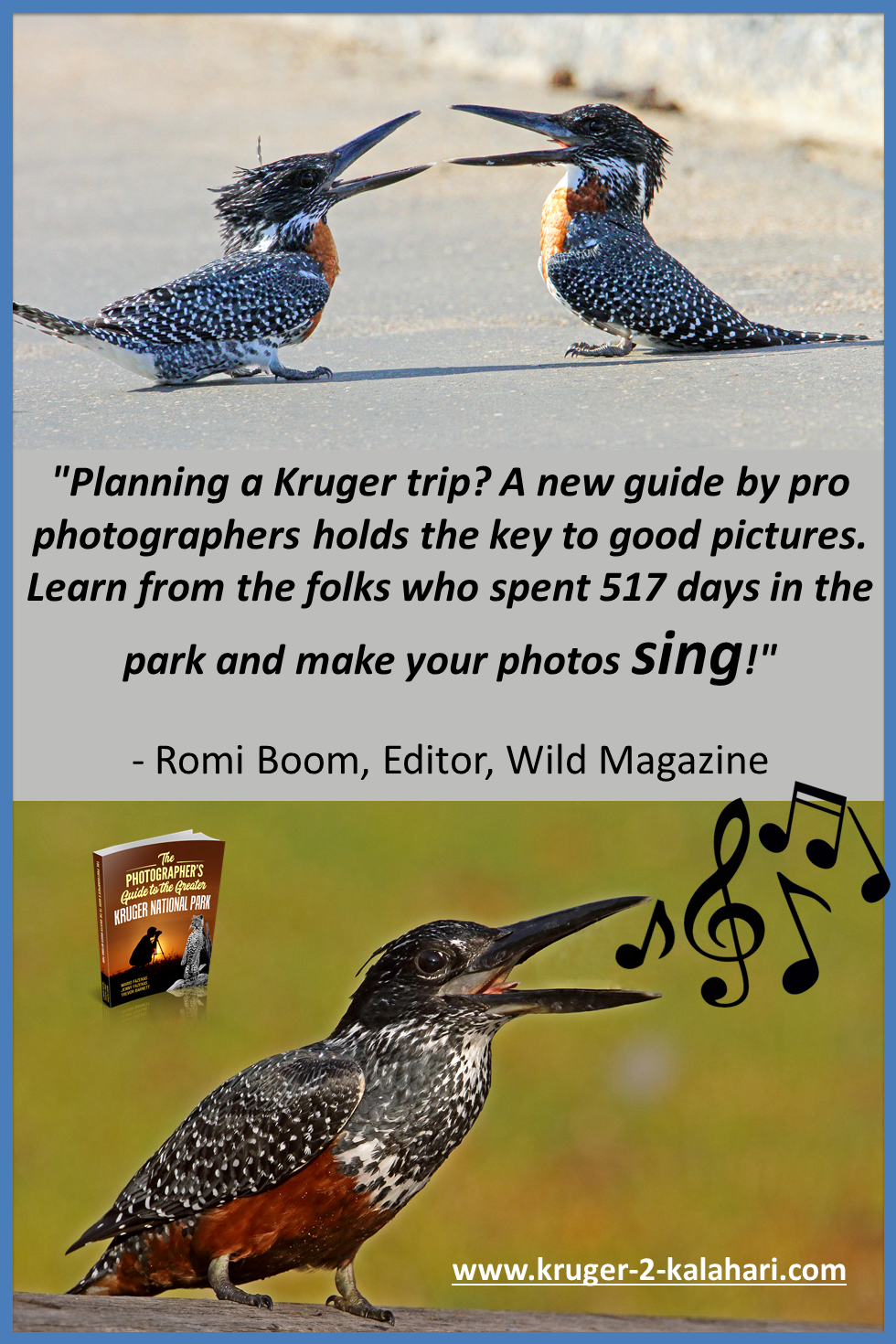
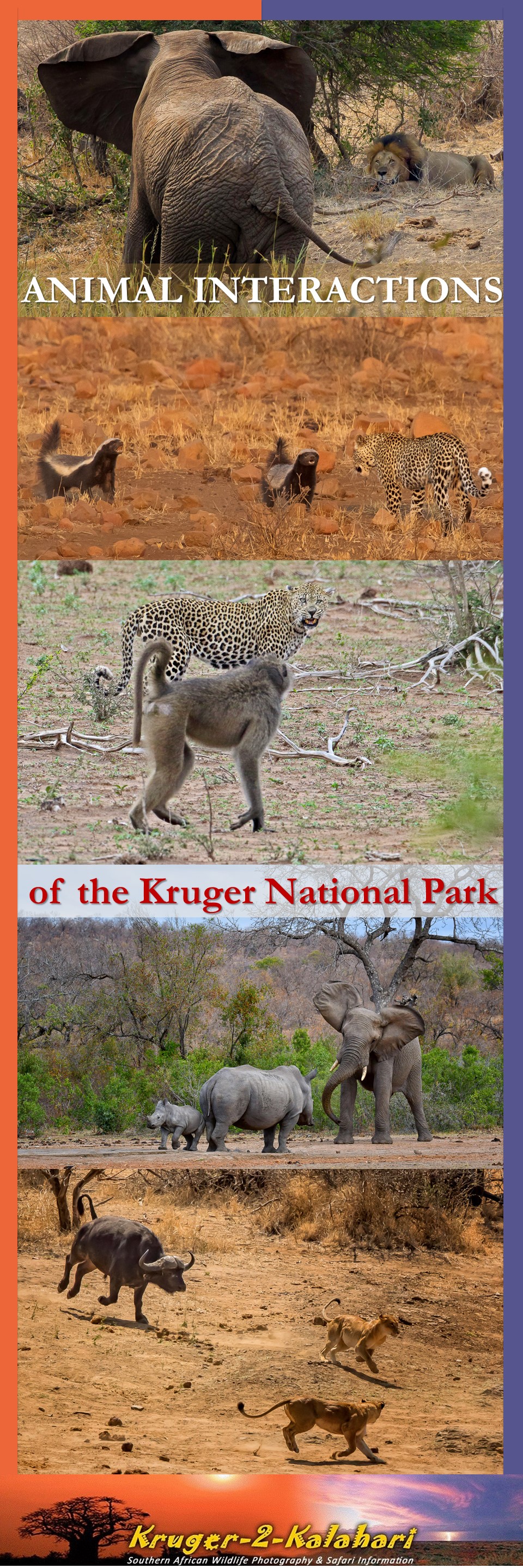









New! Comments
Have your say about what you just read! Please leave us a comment in the box below.